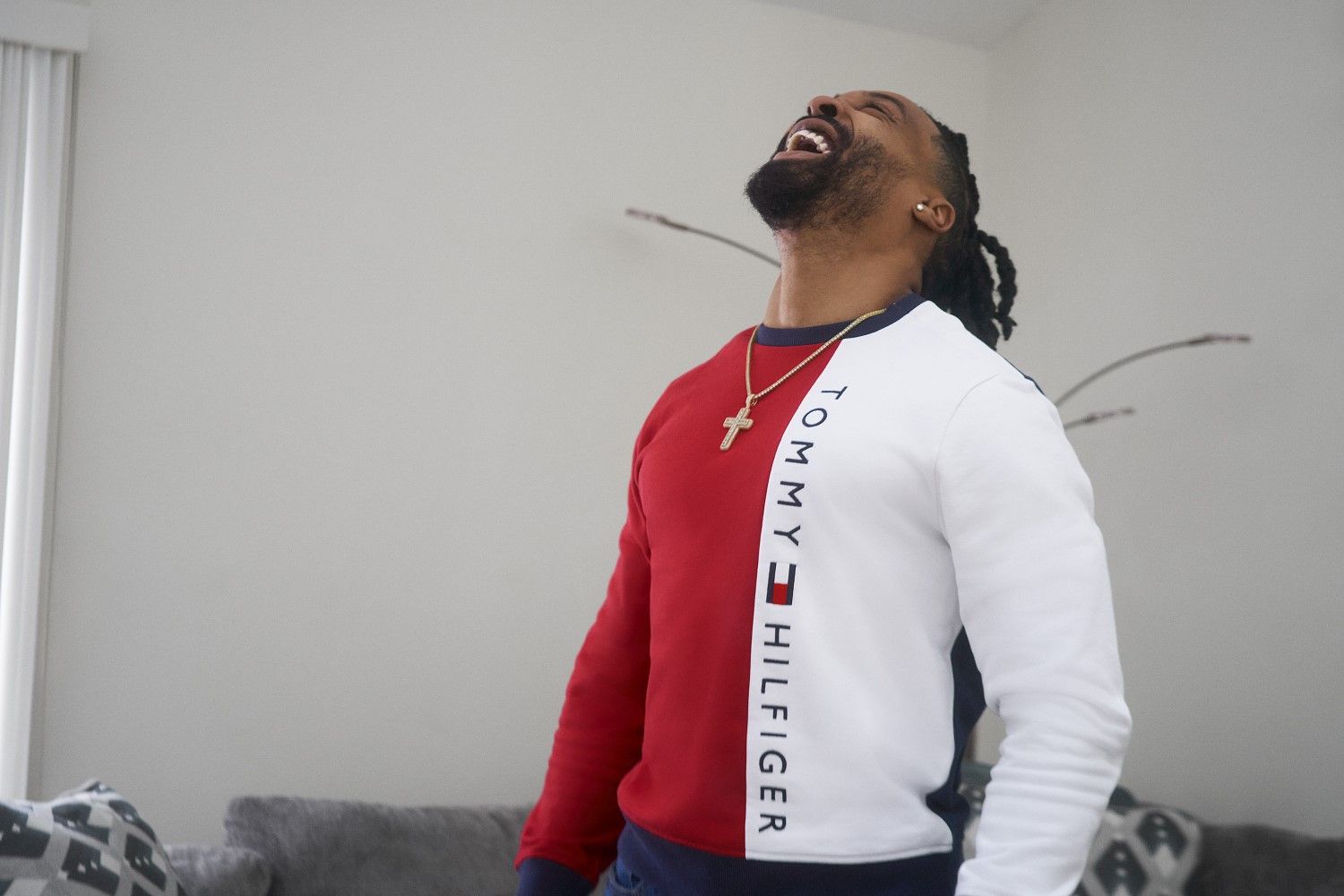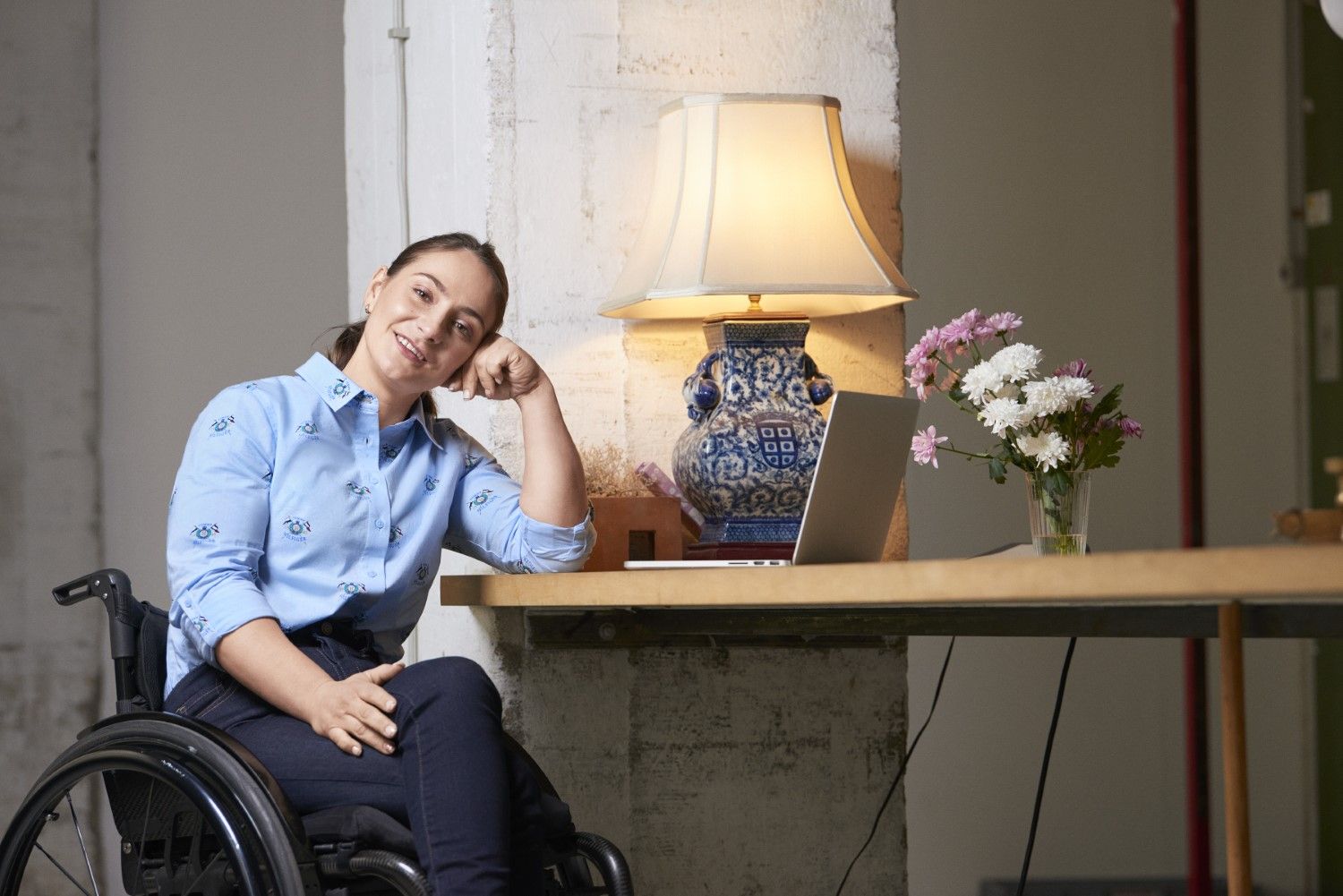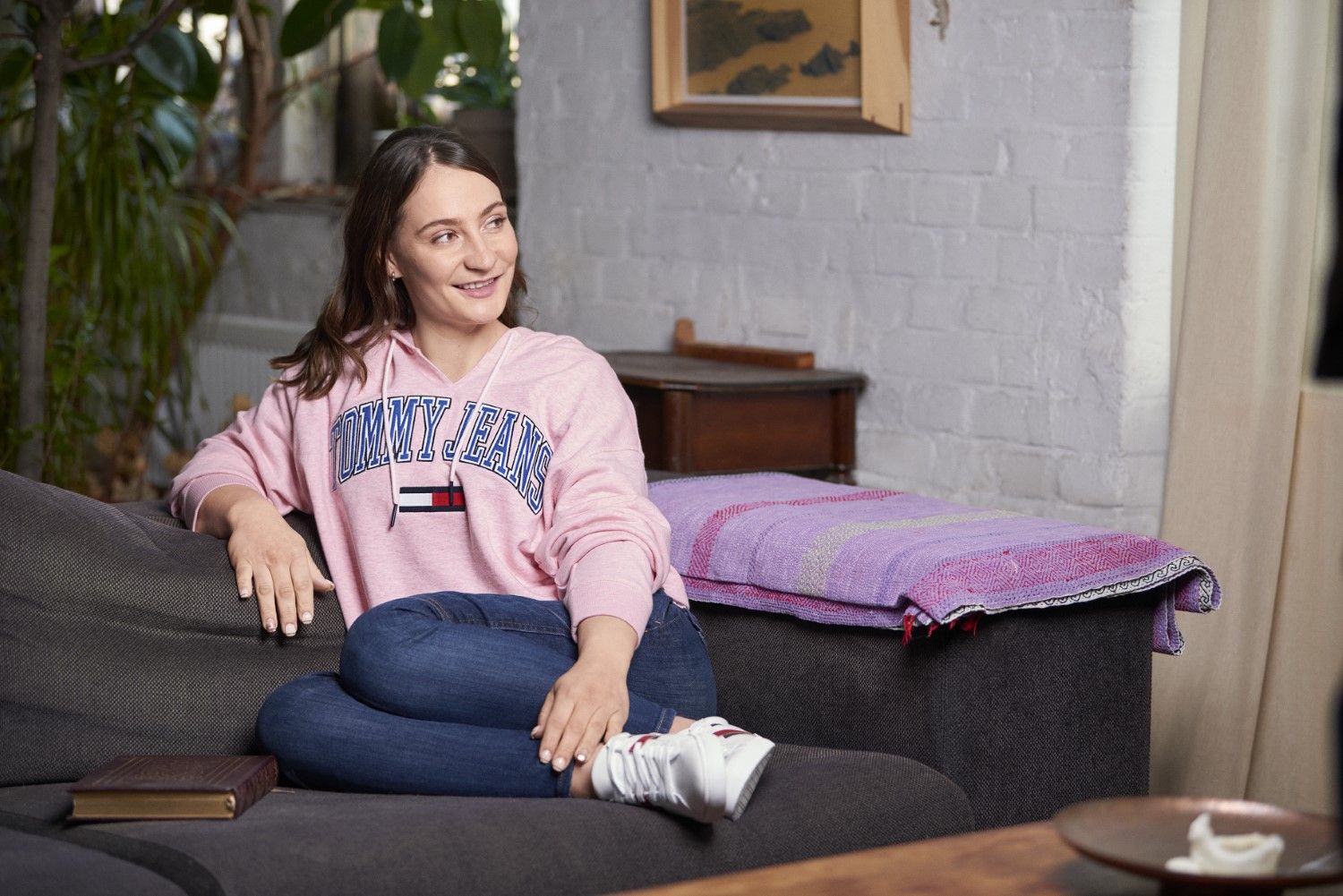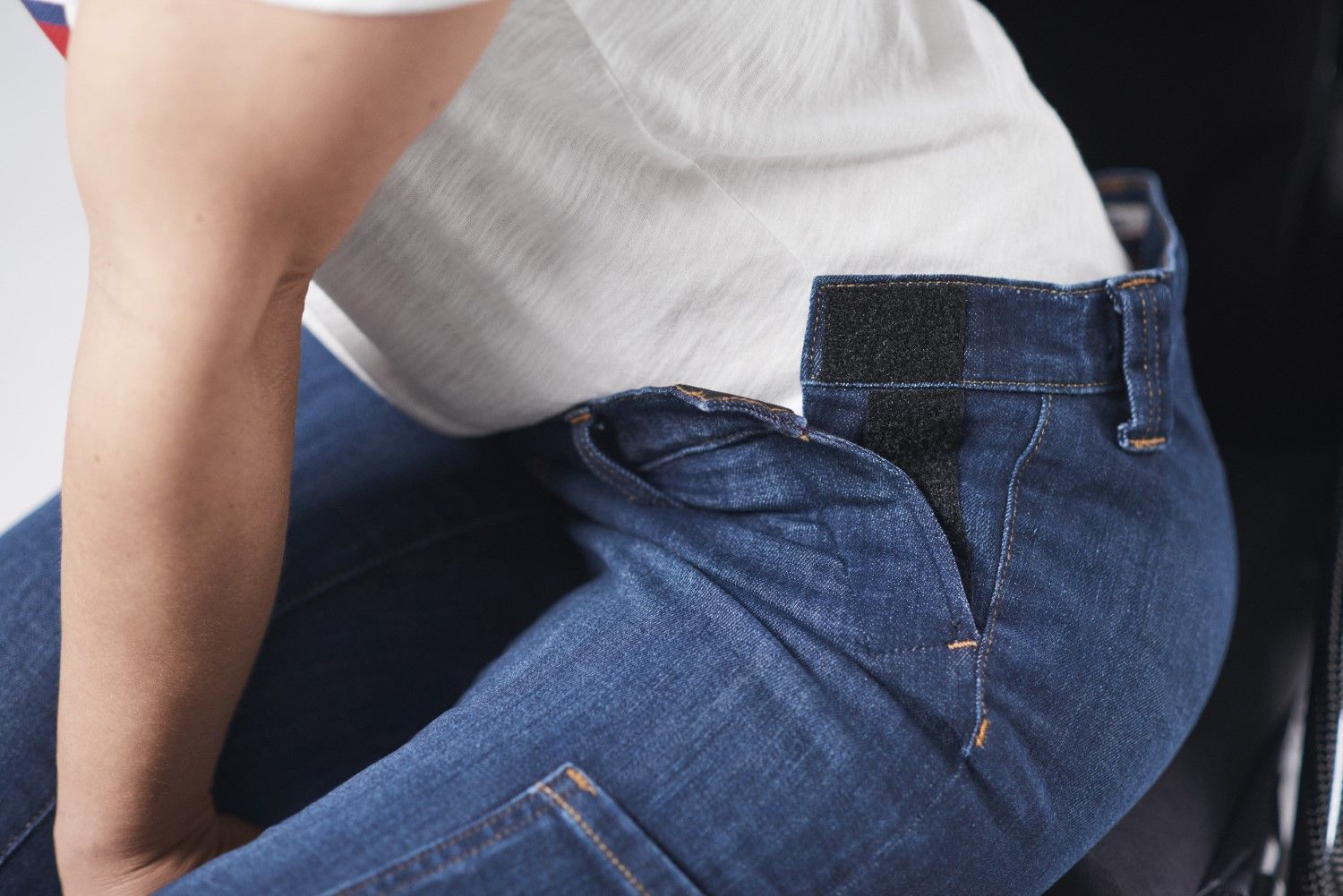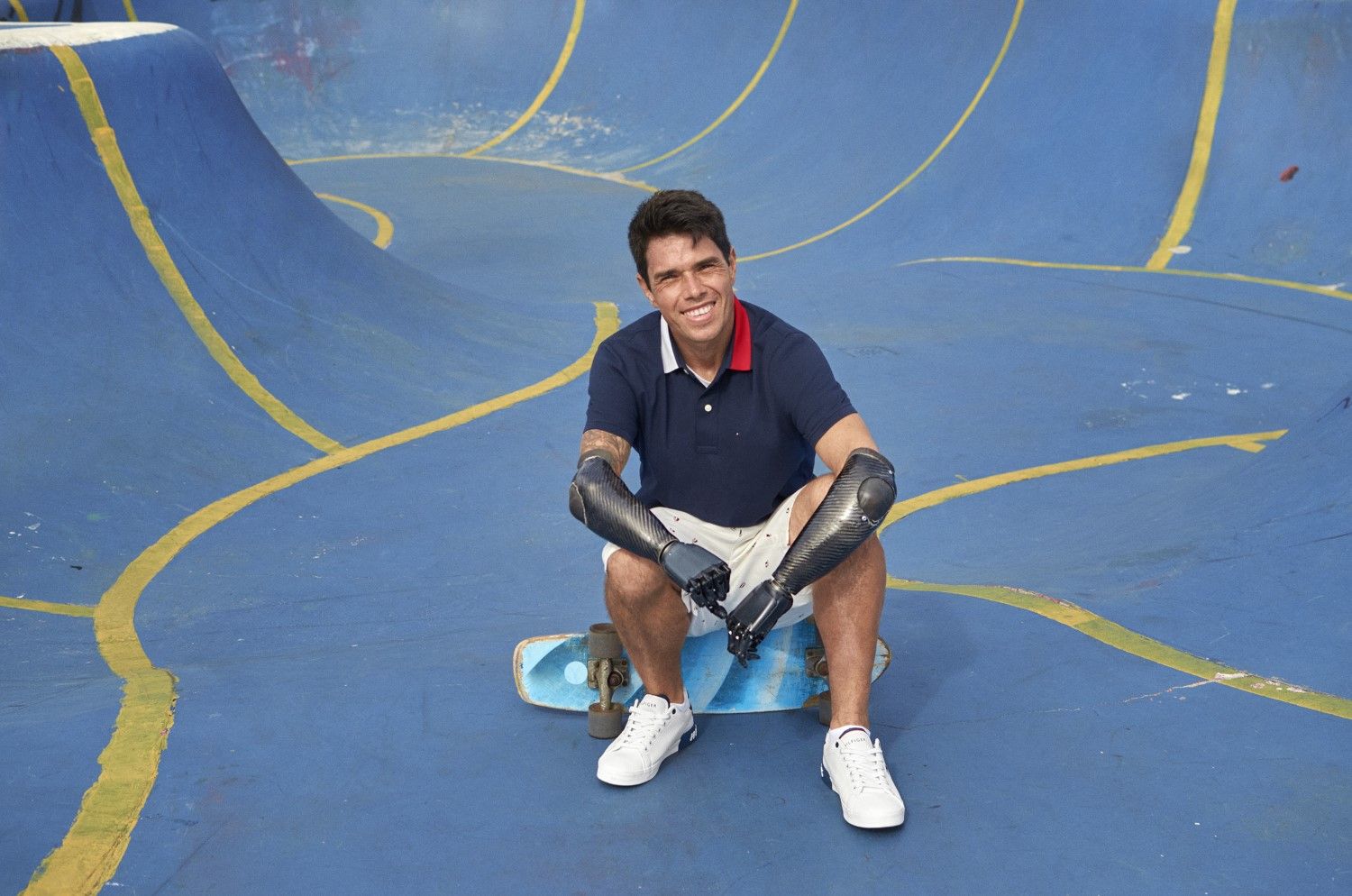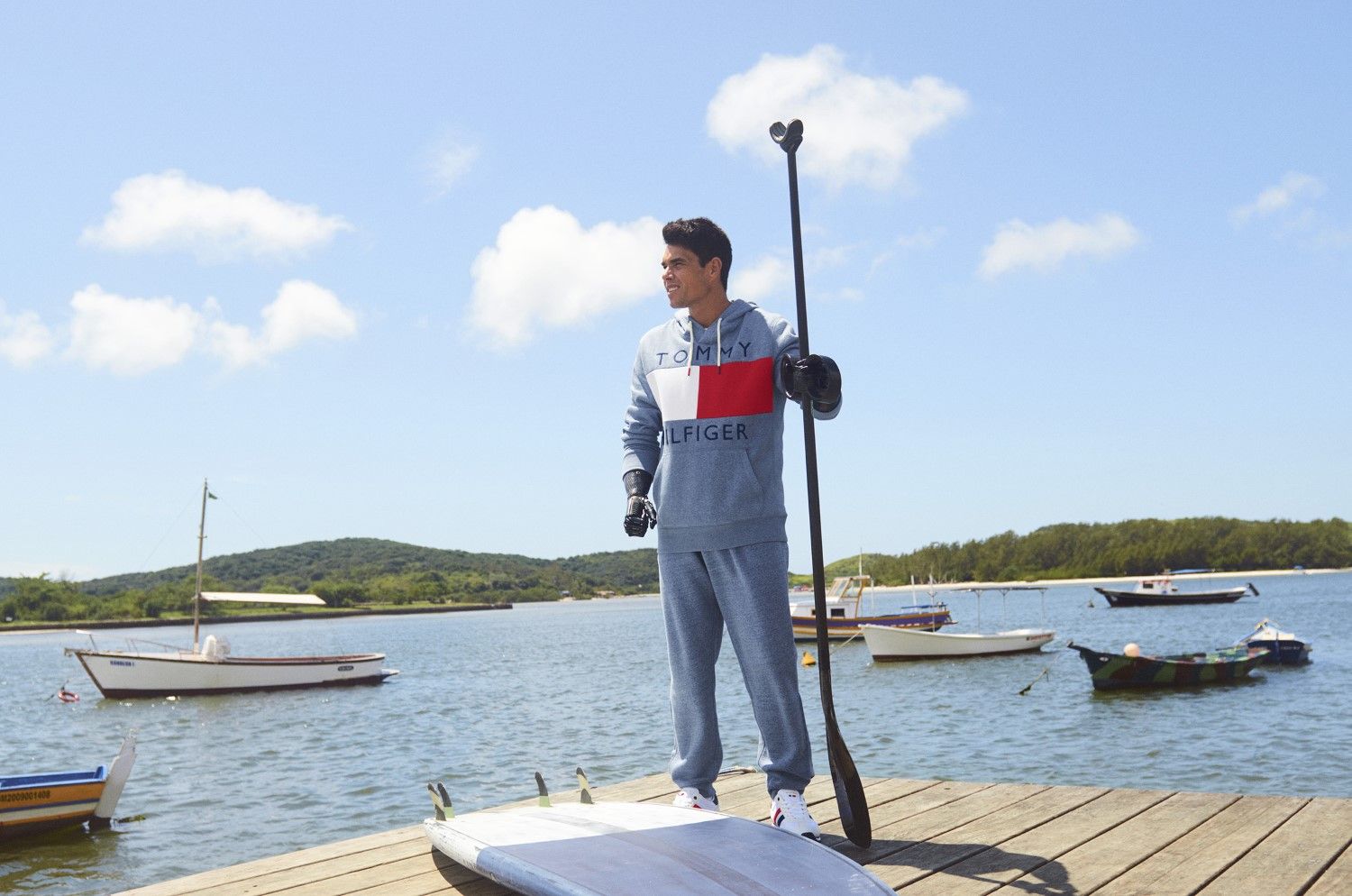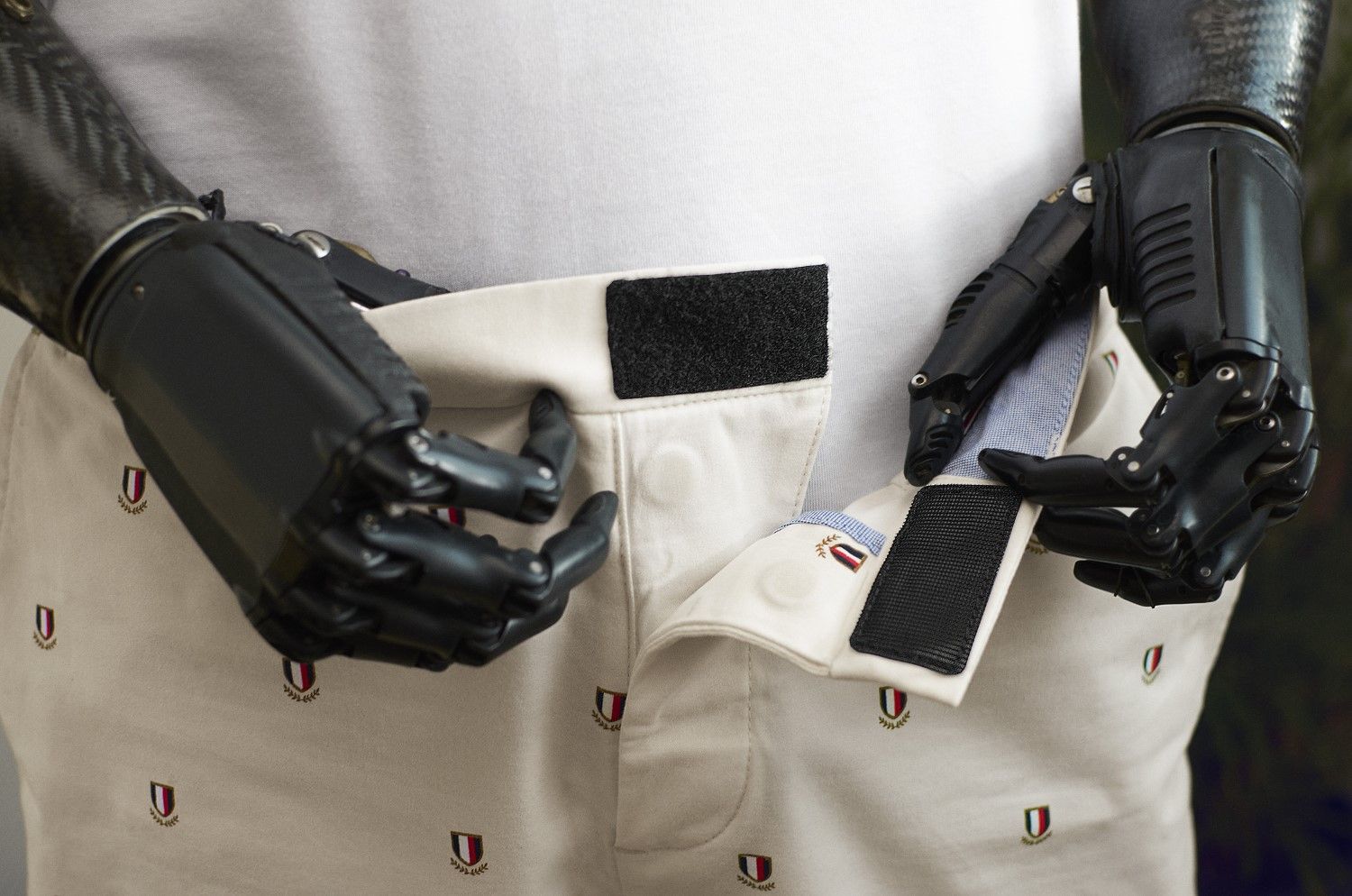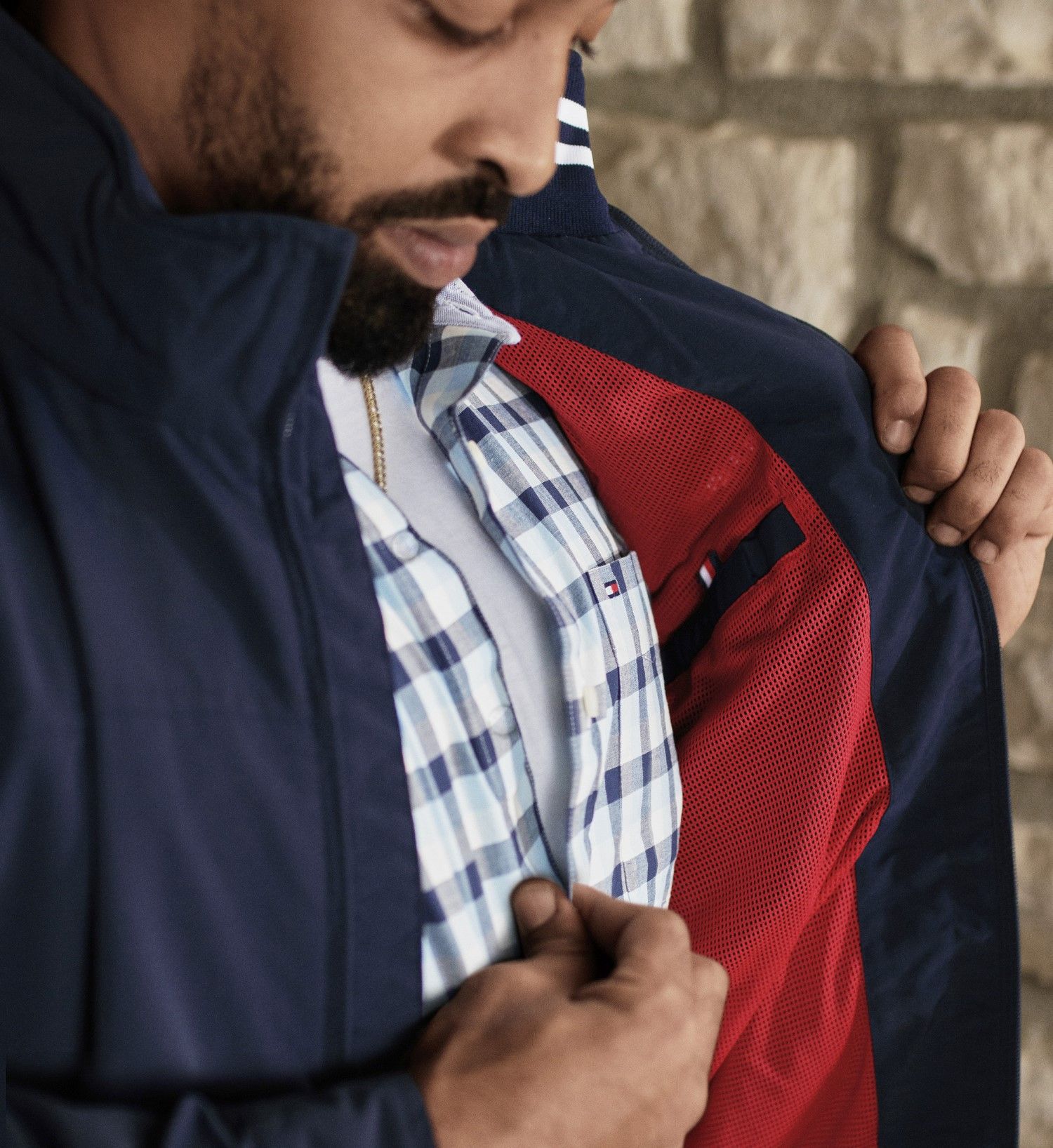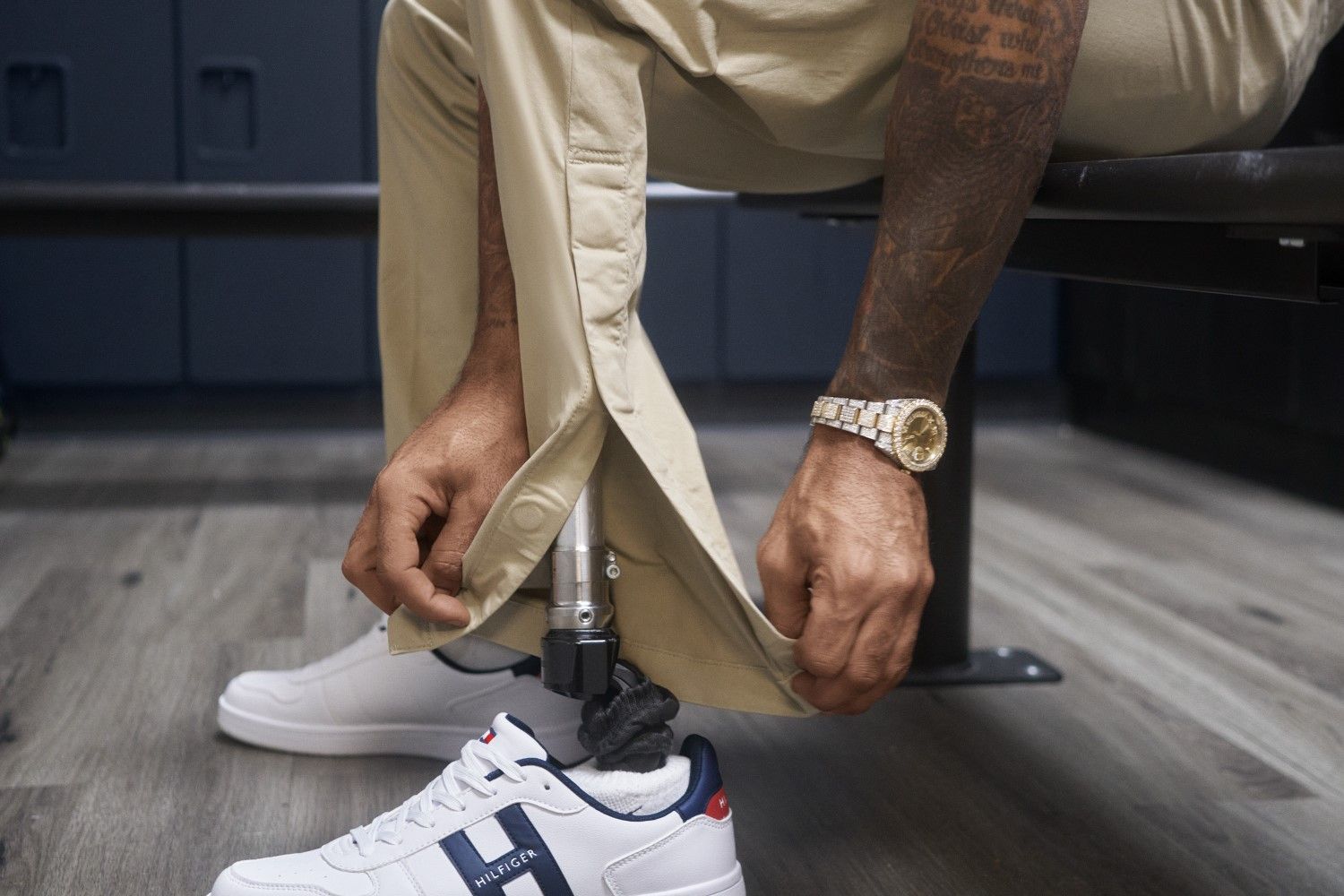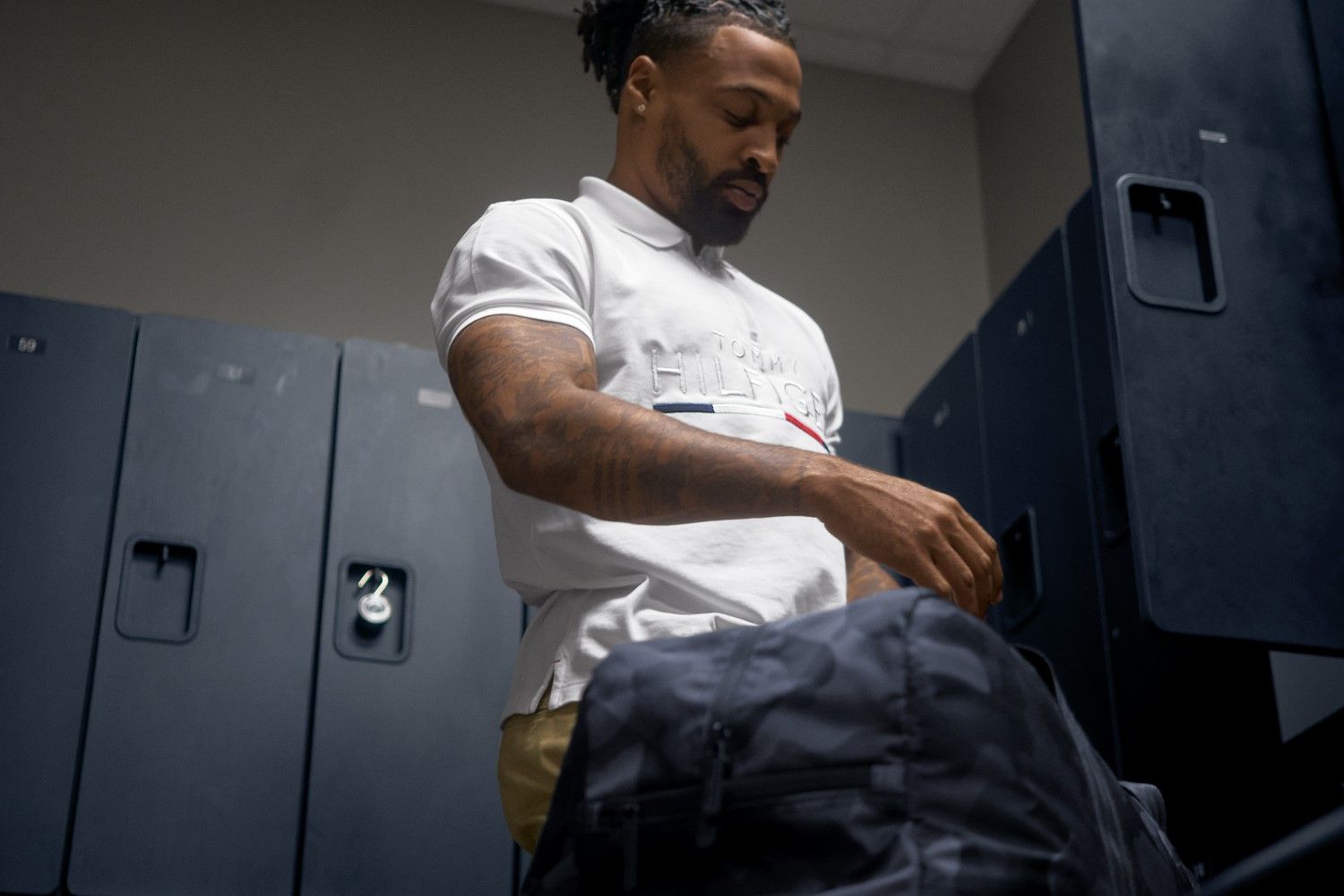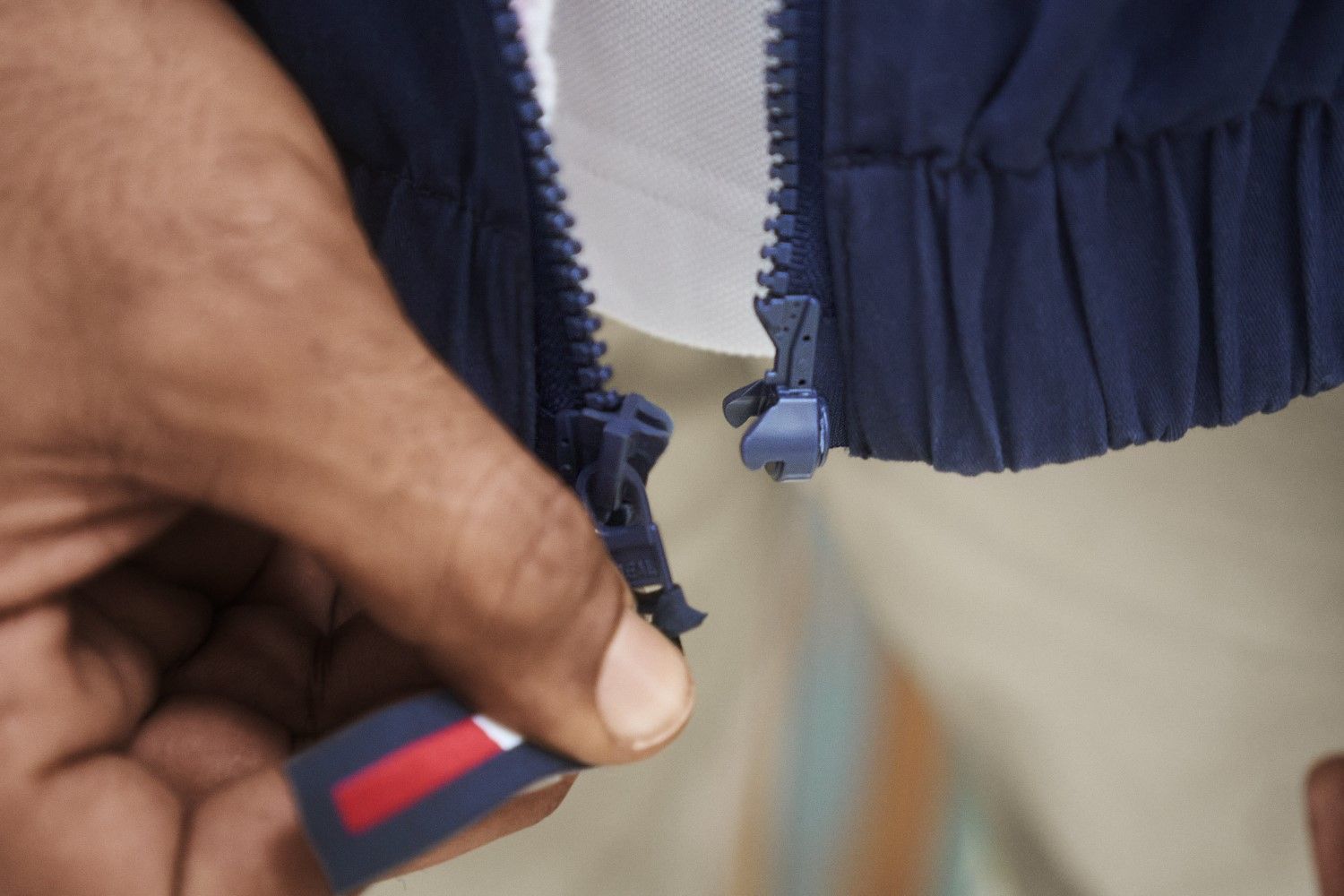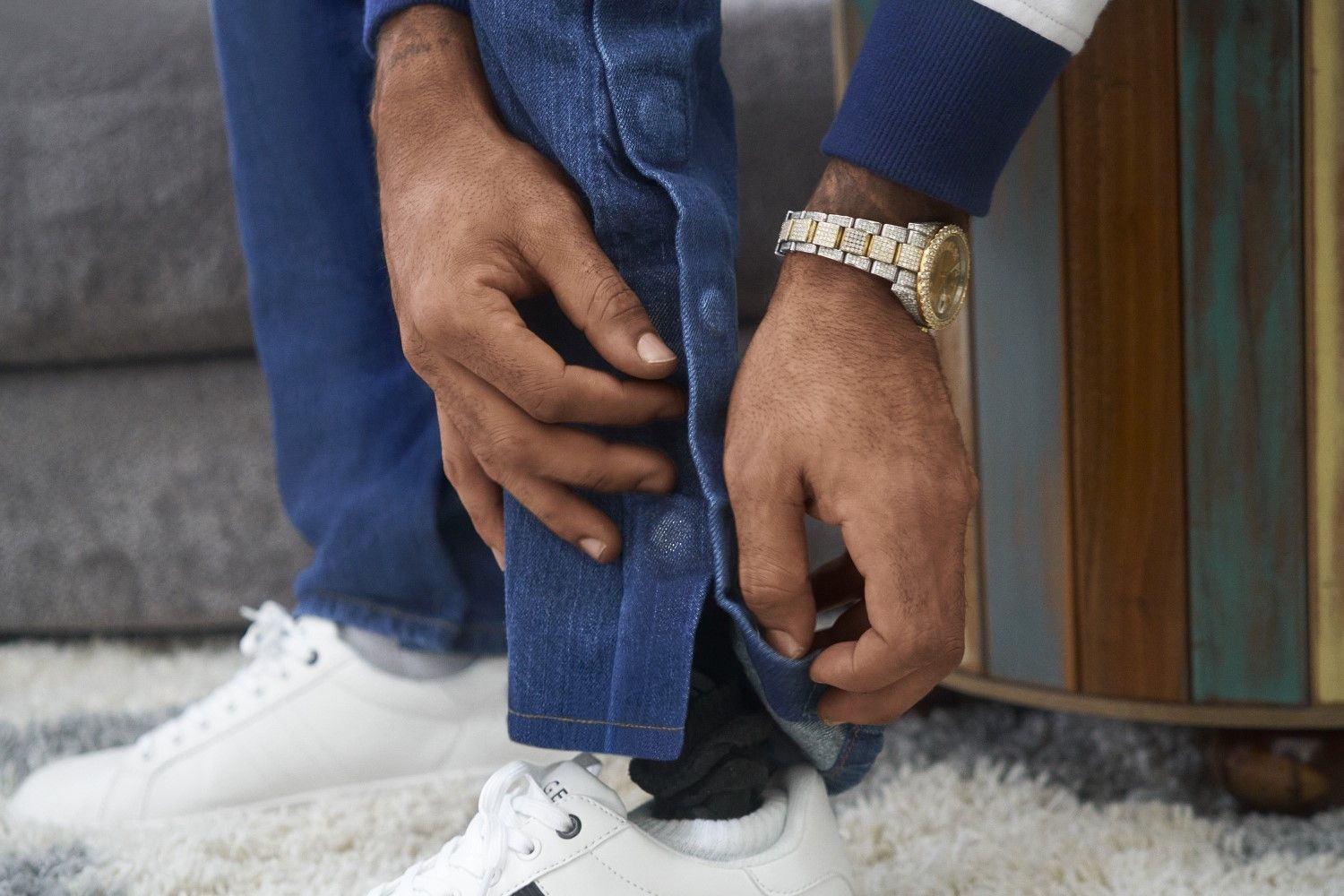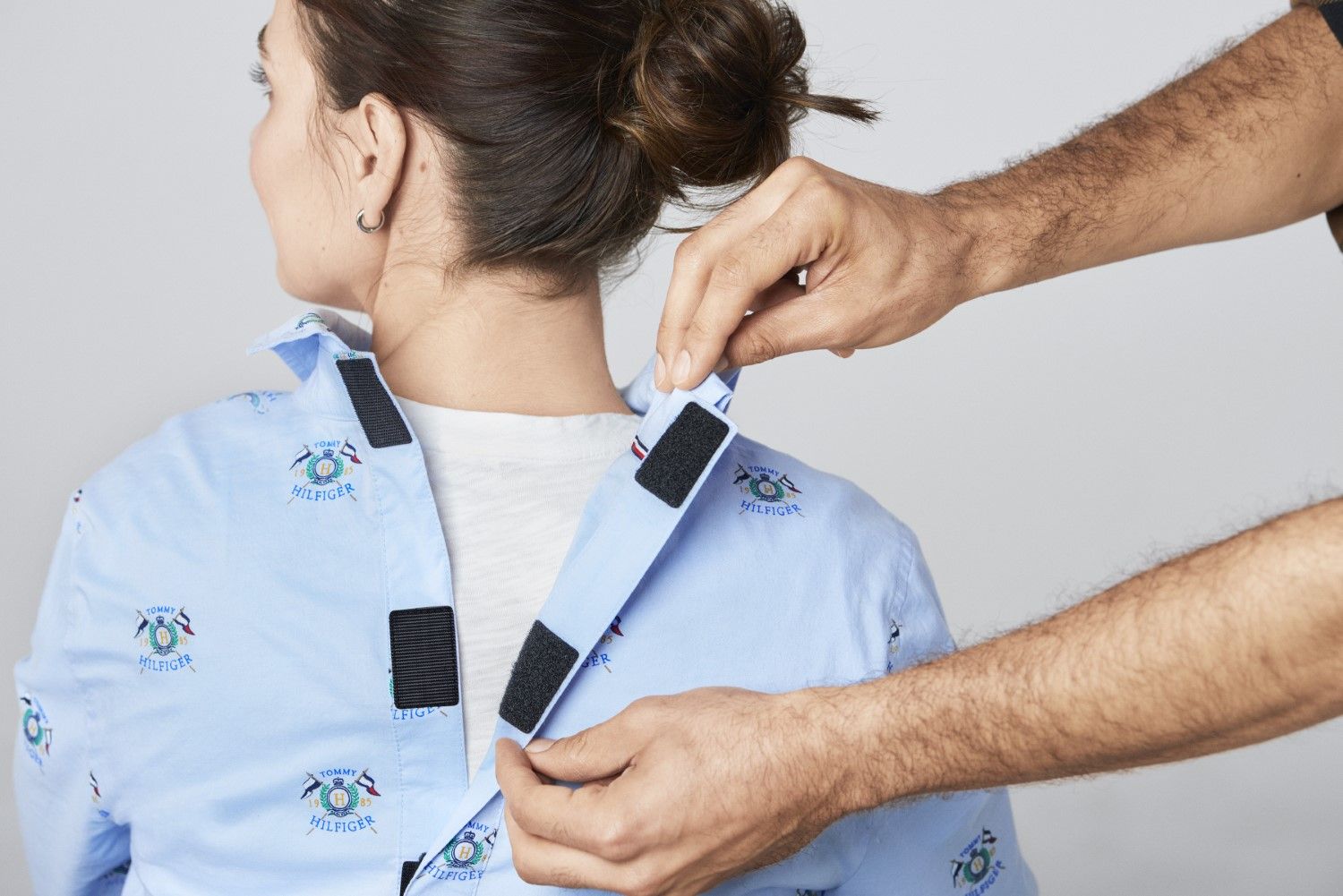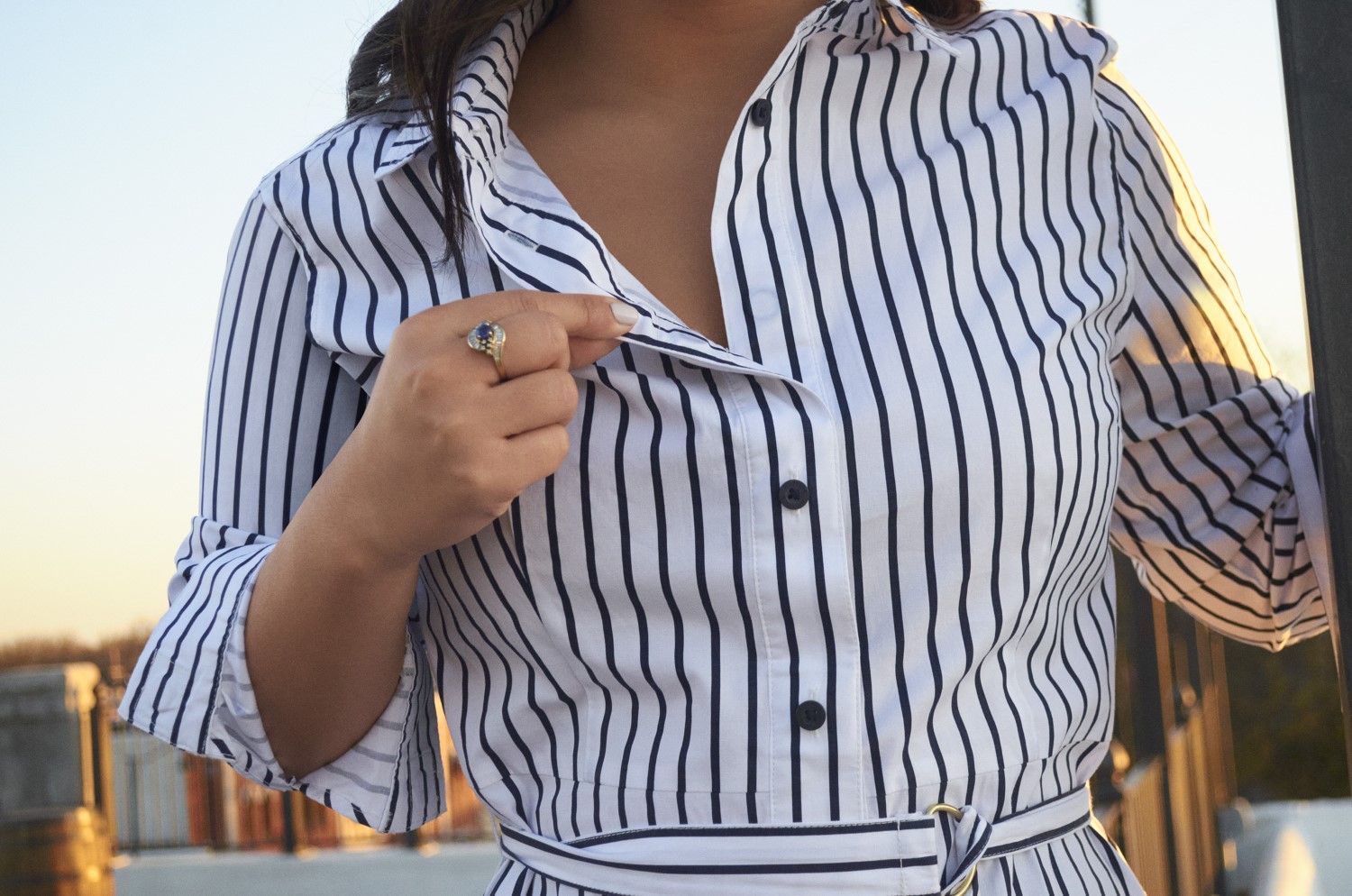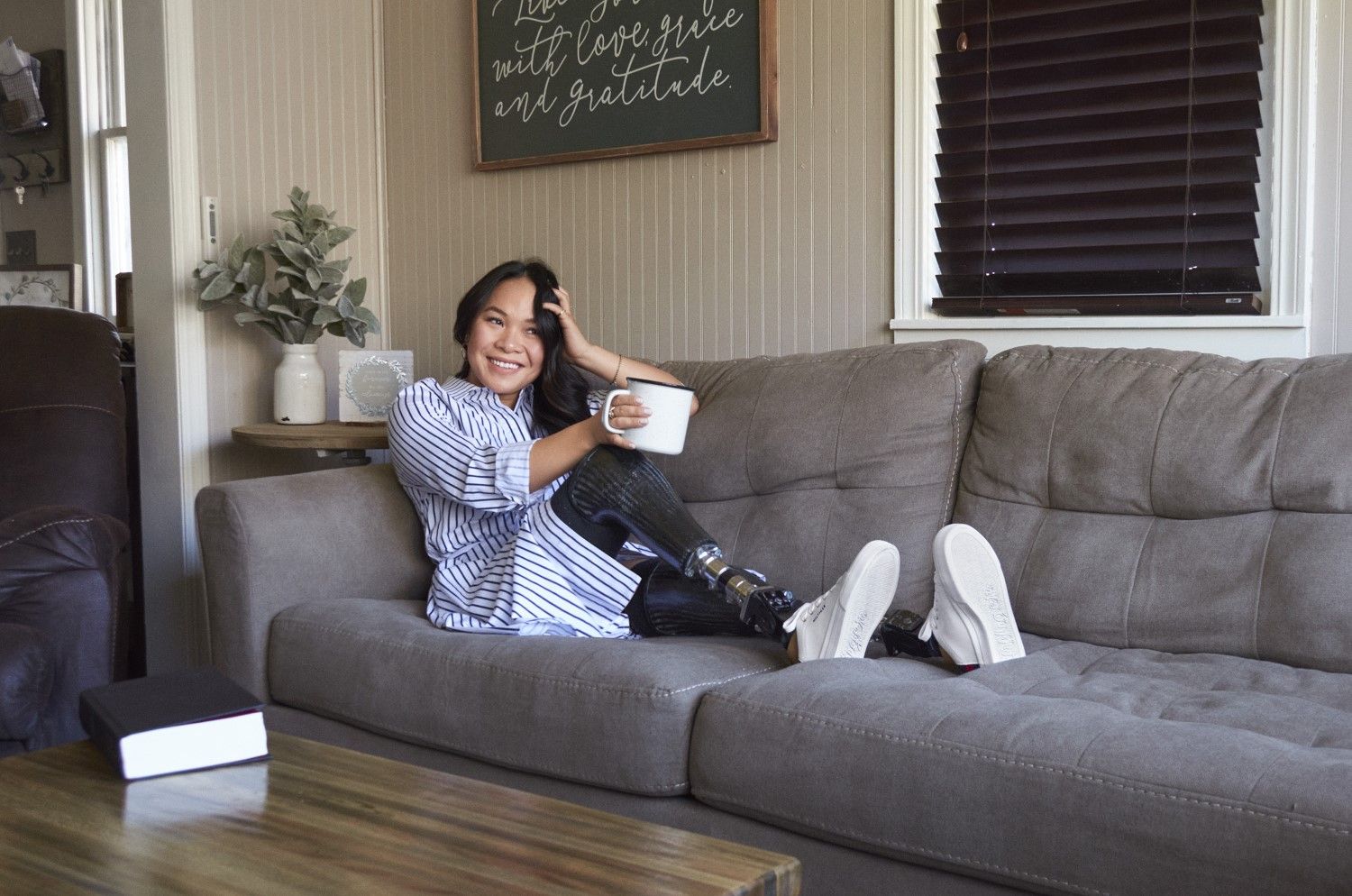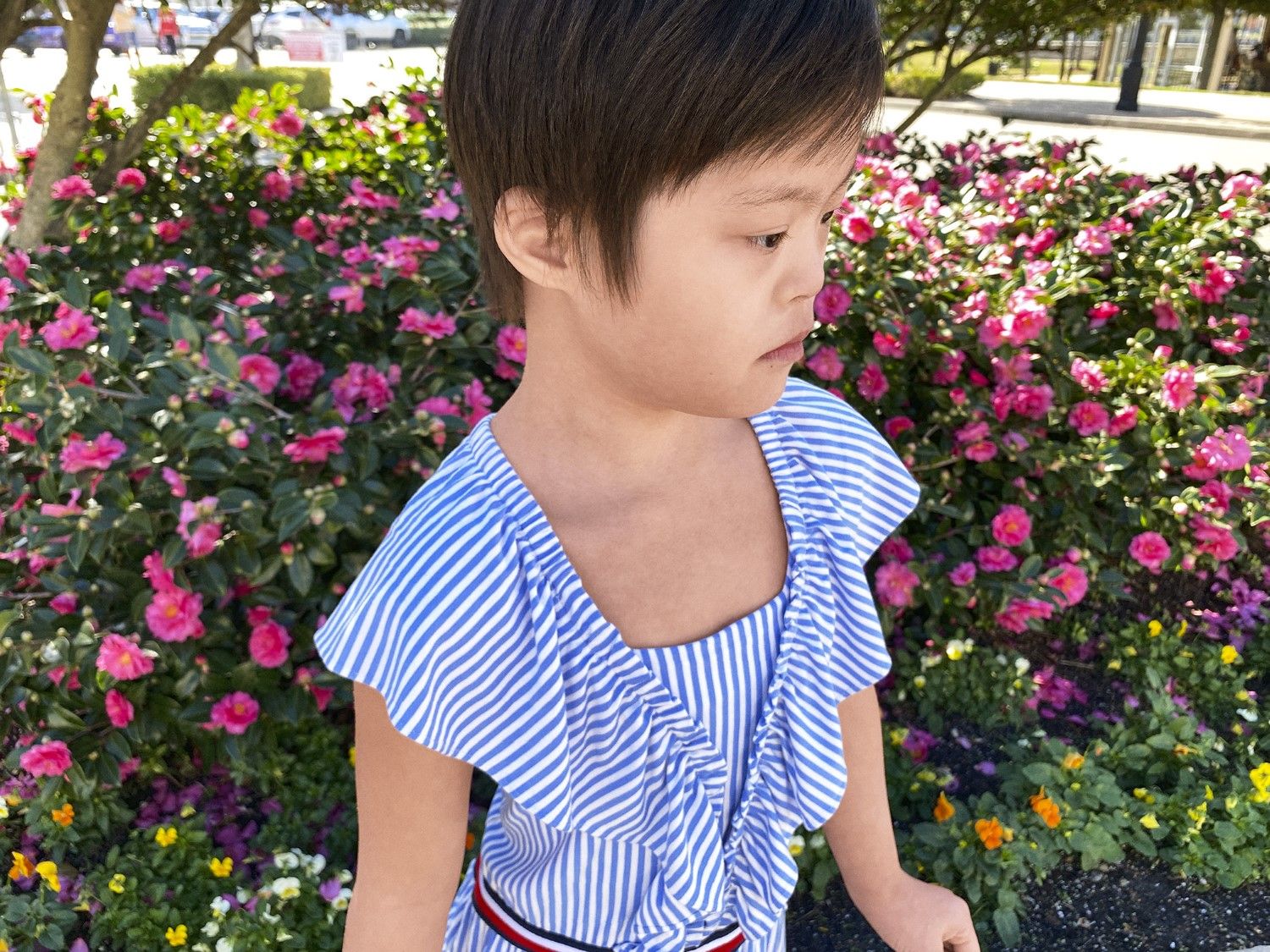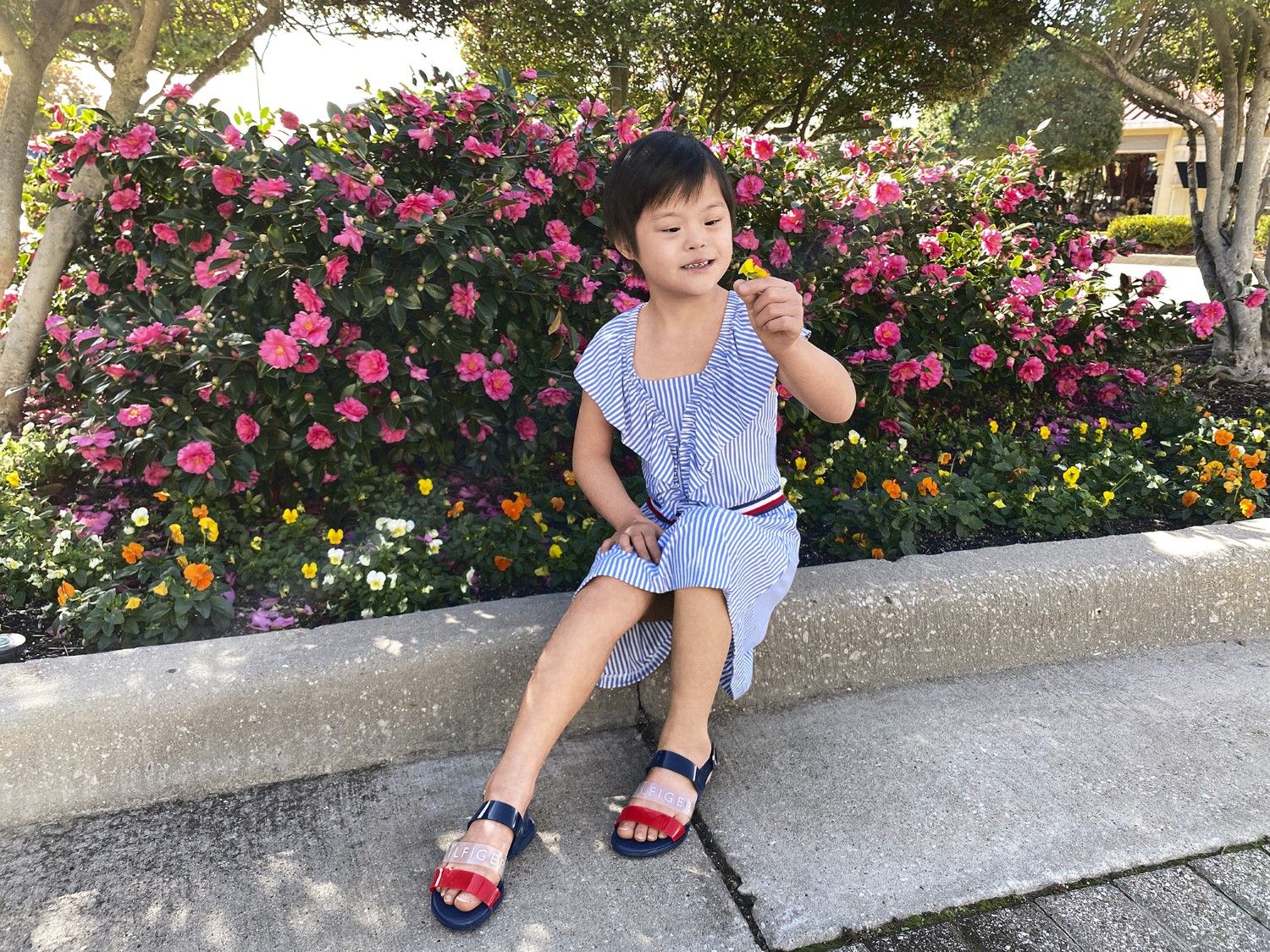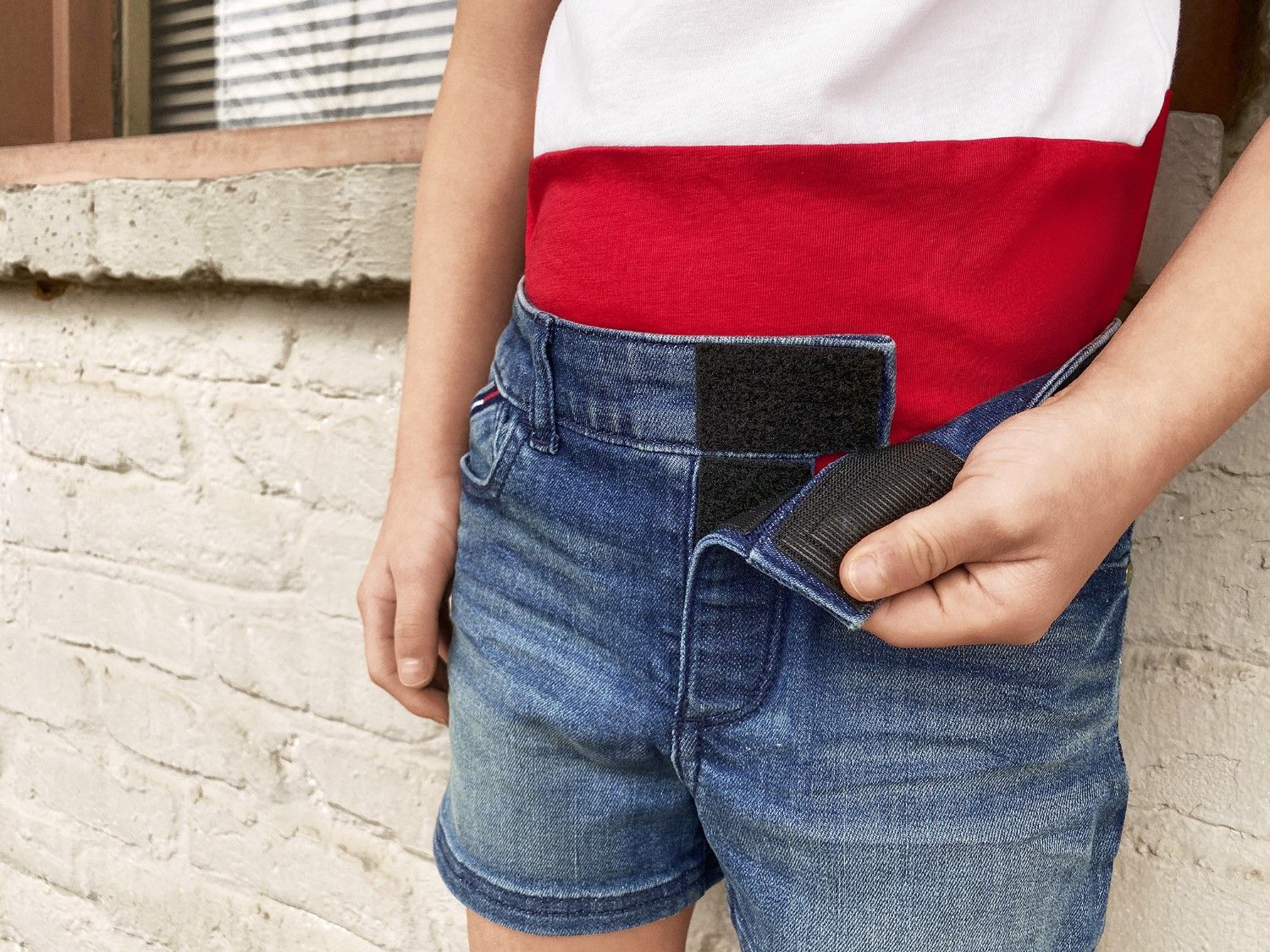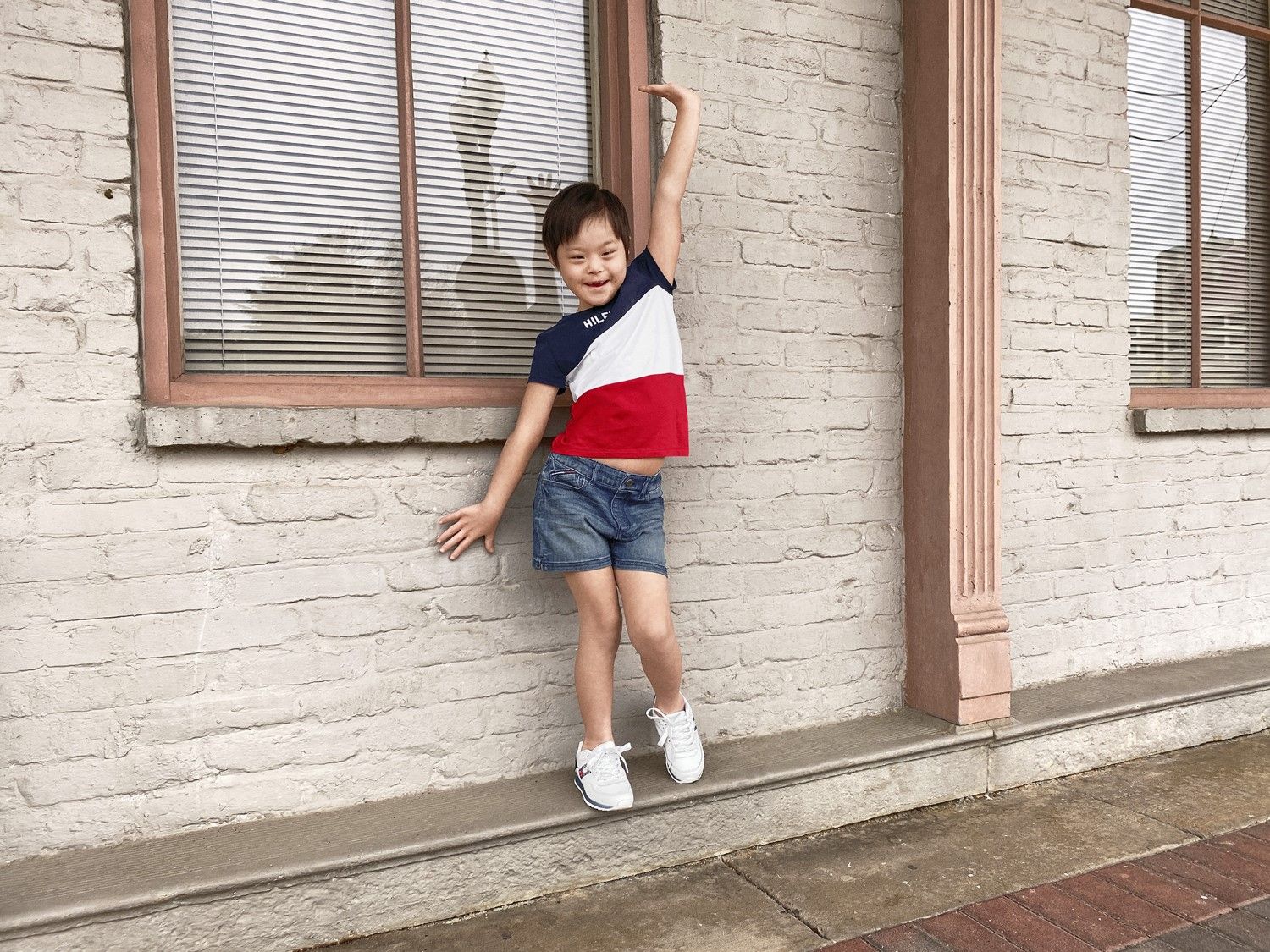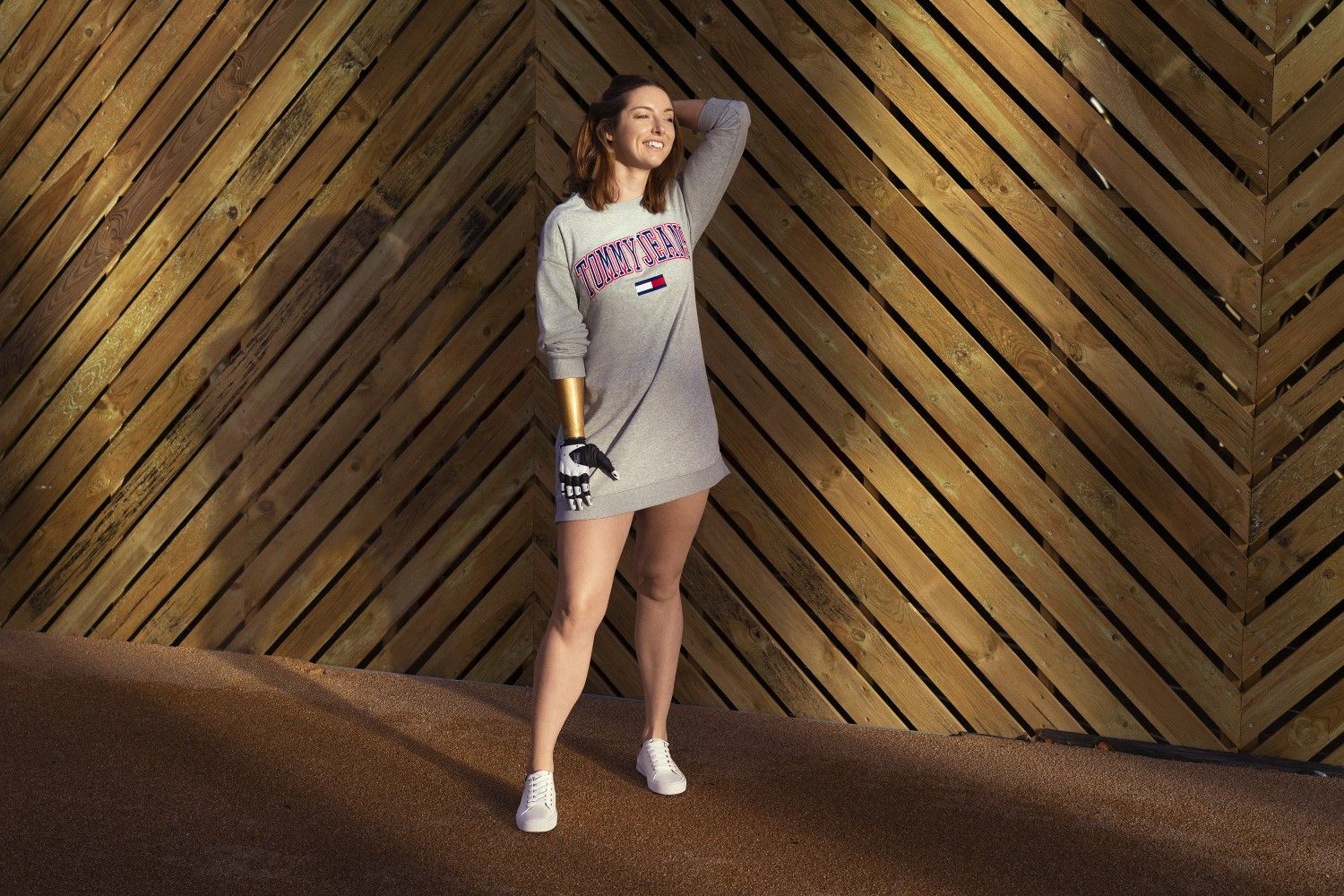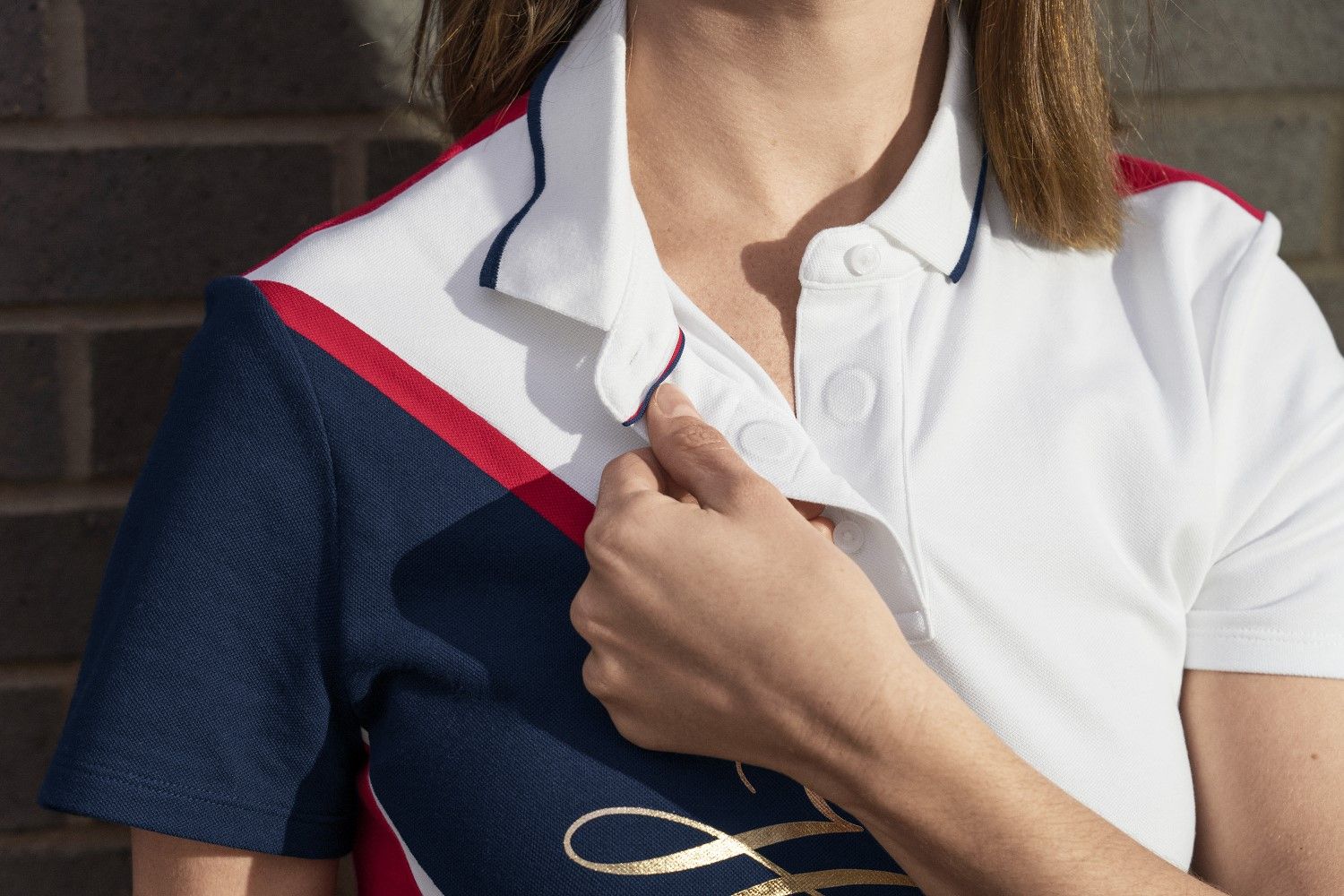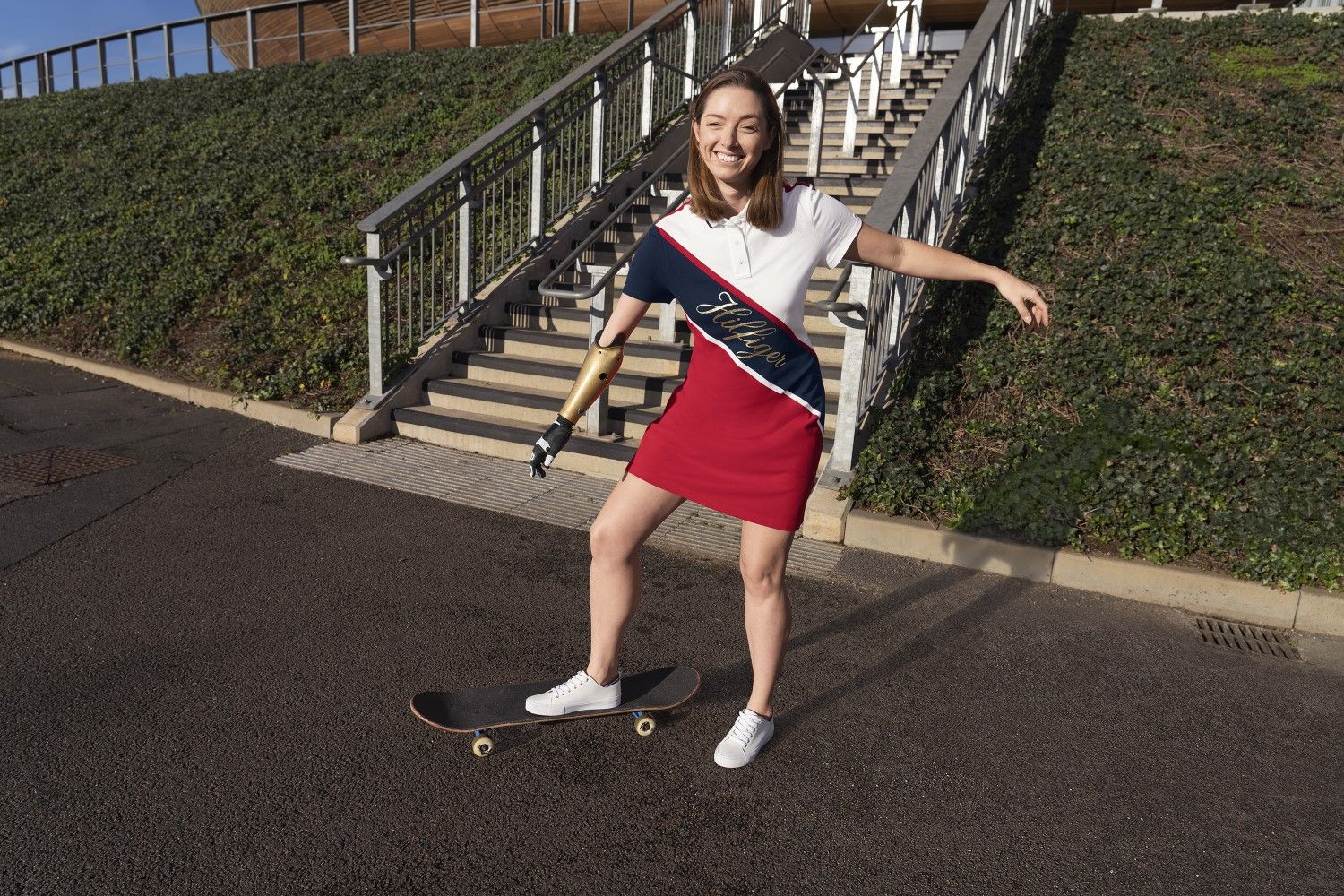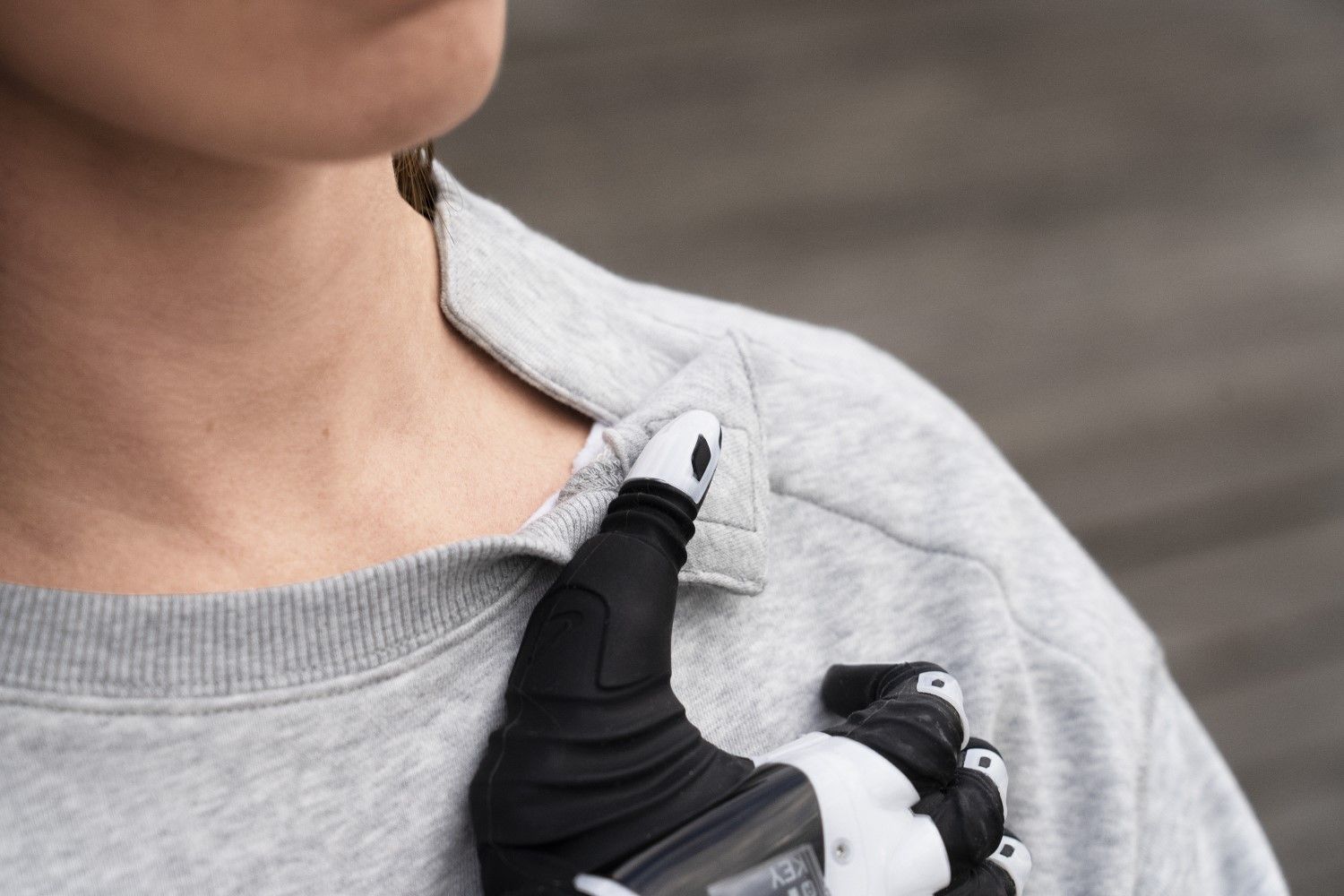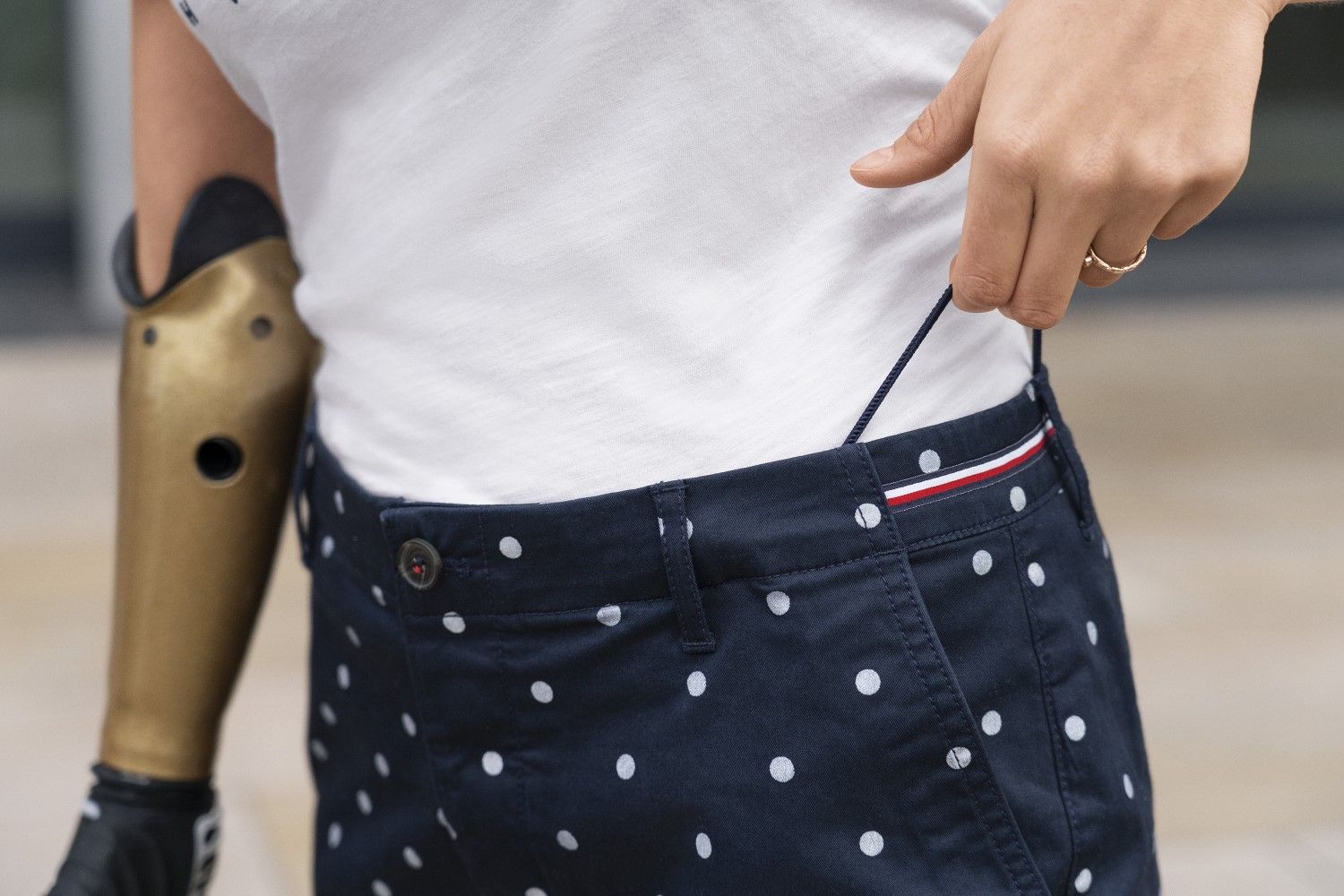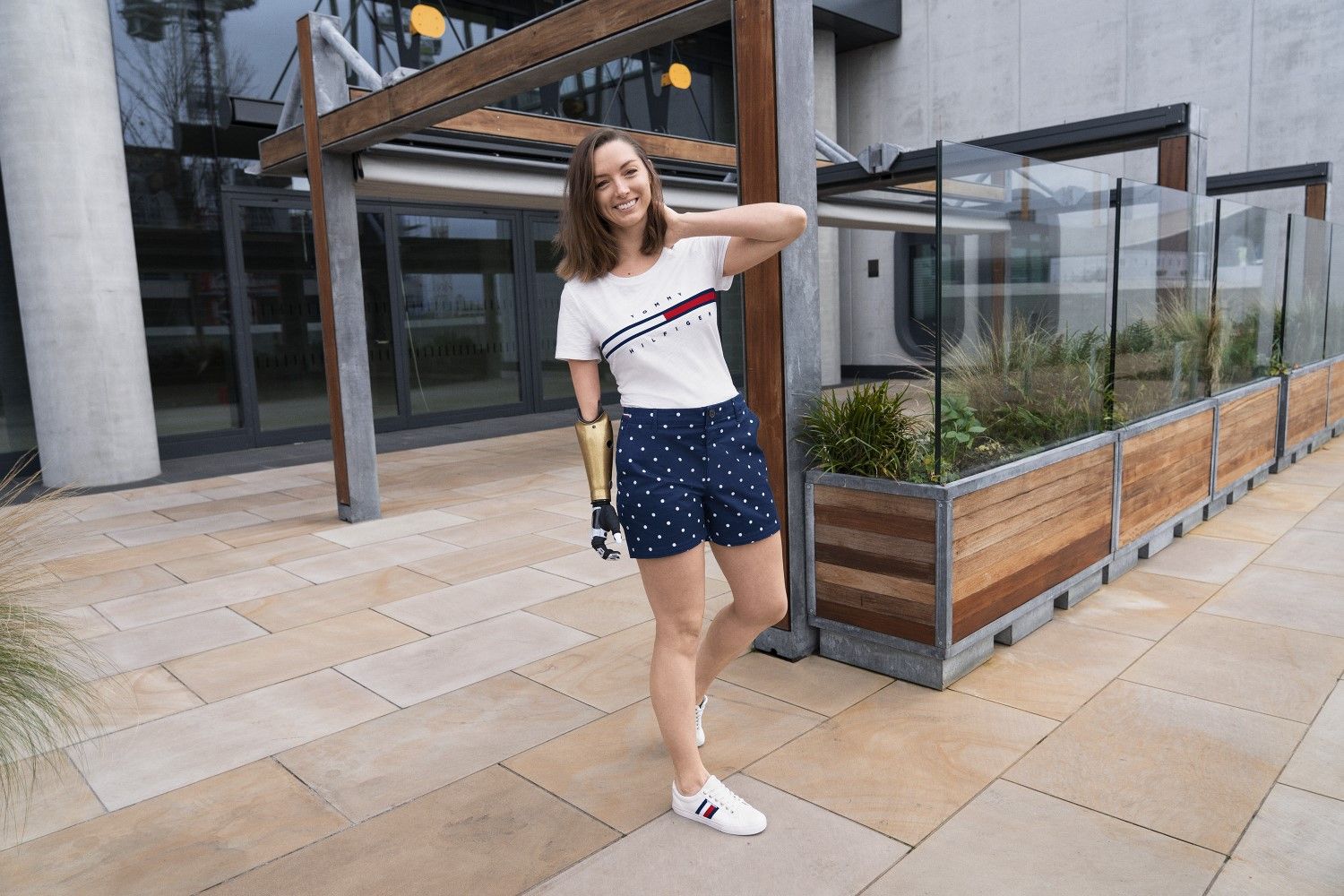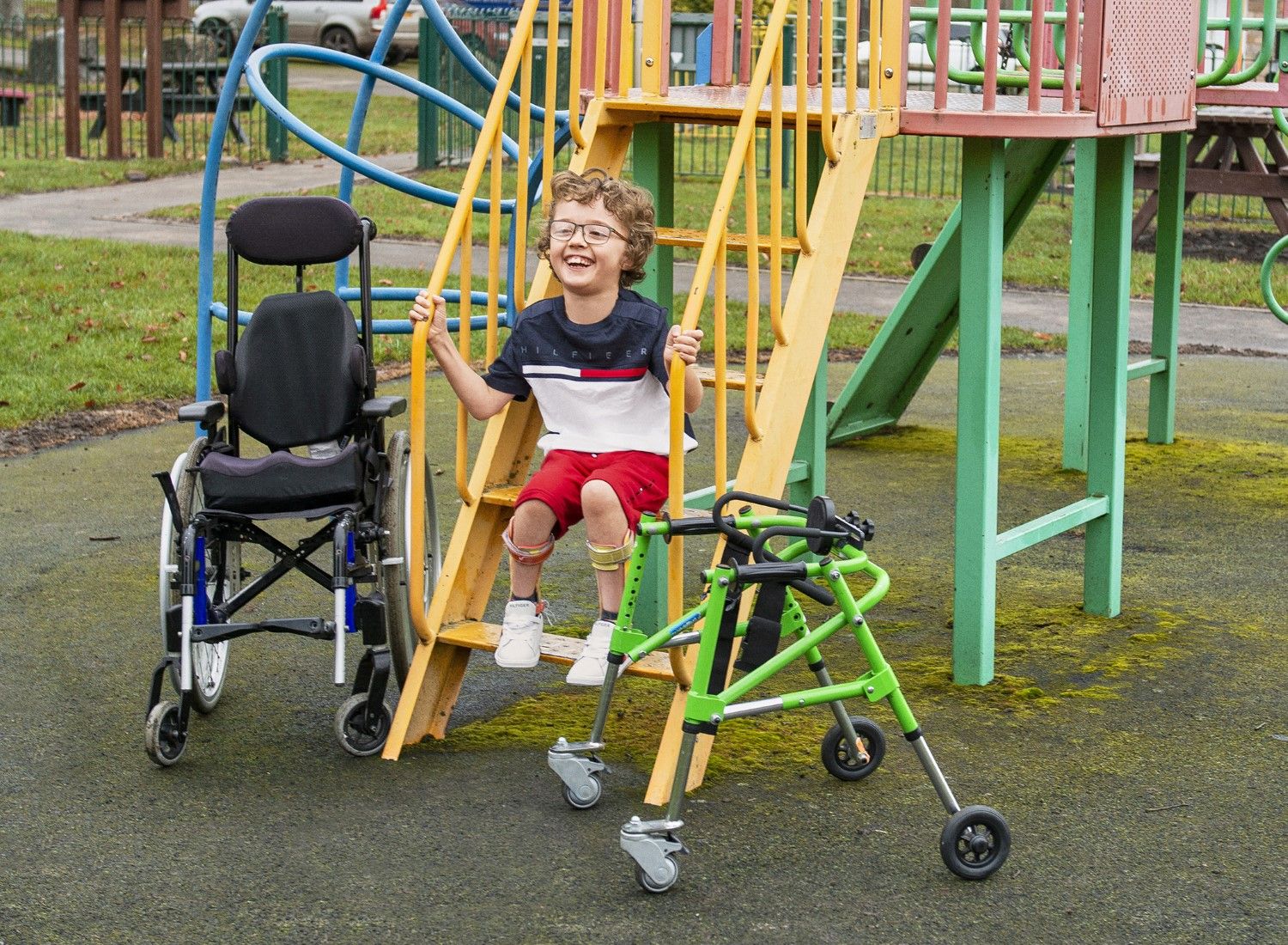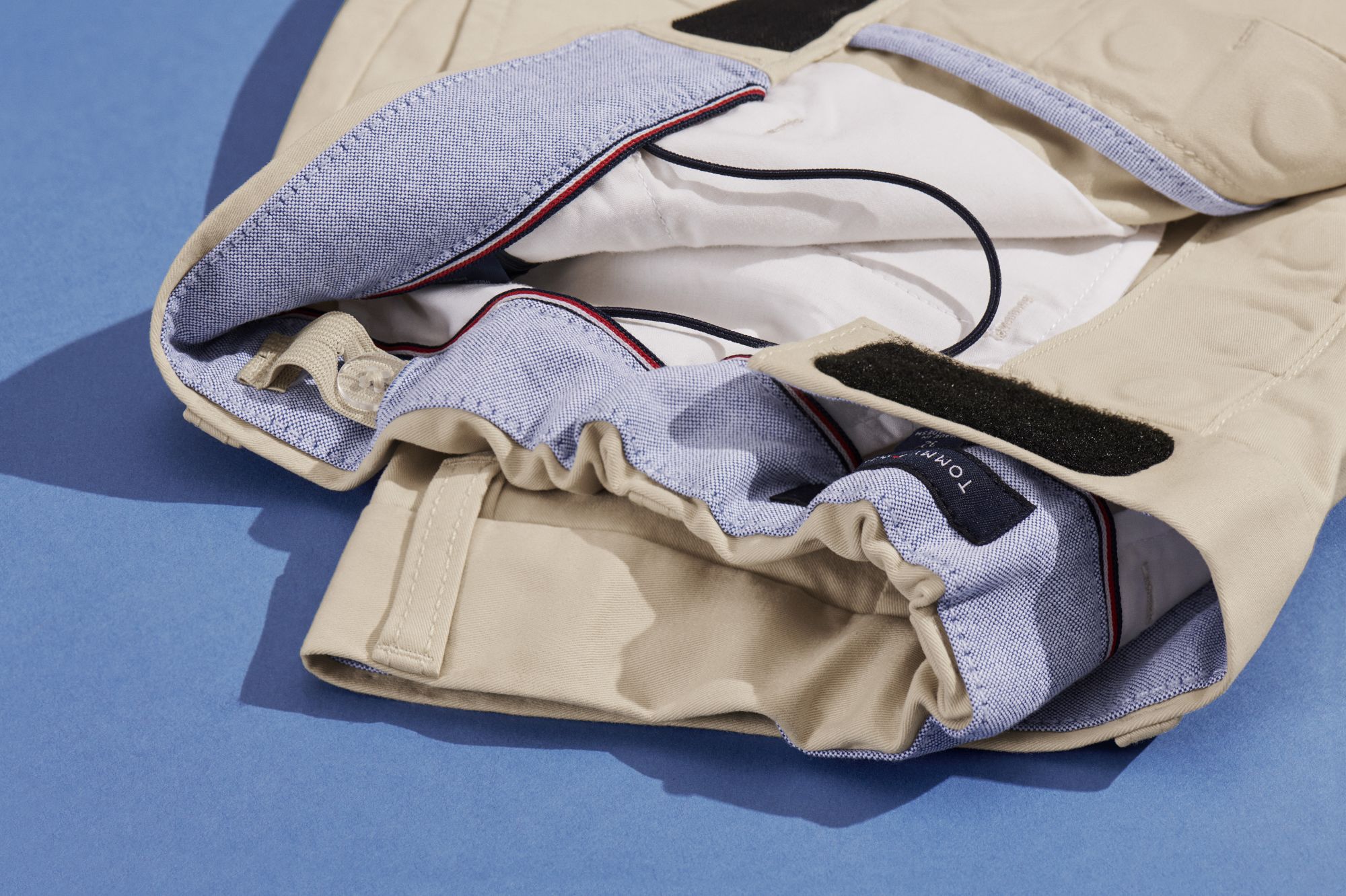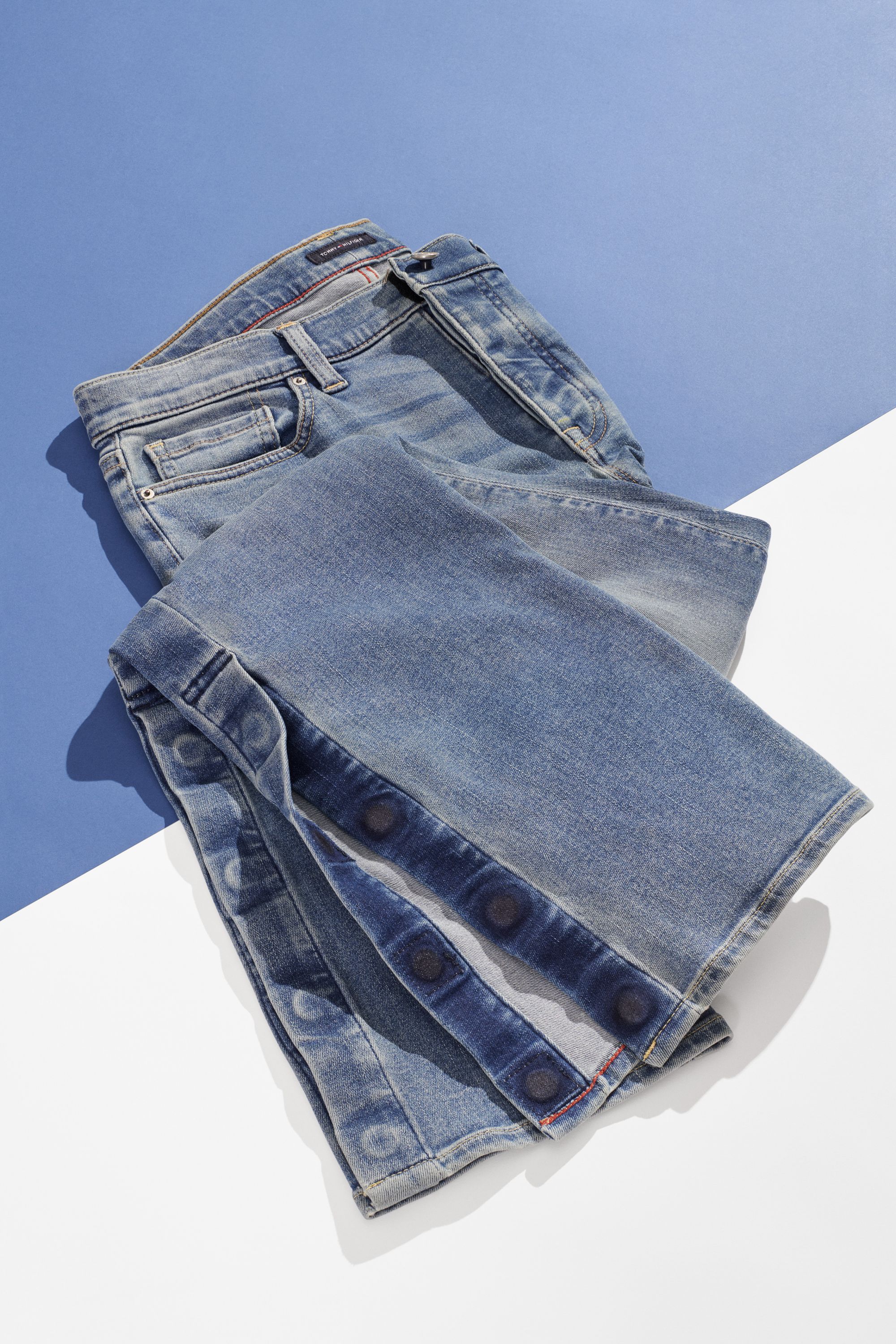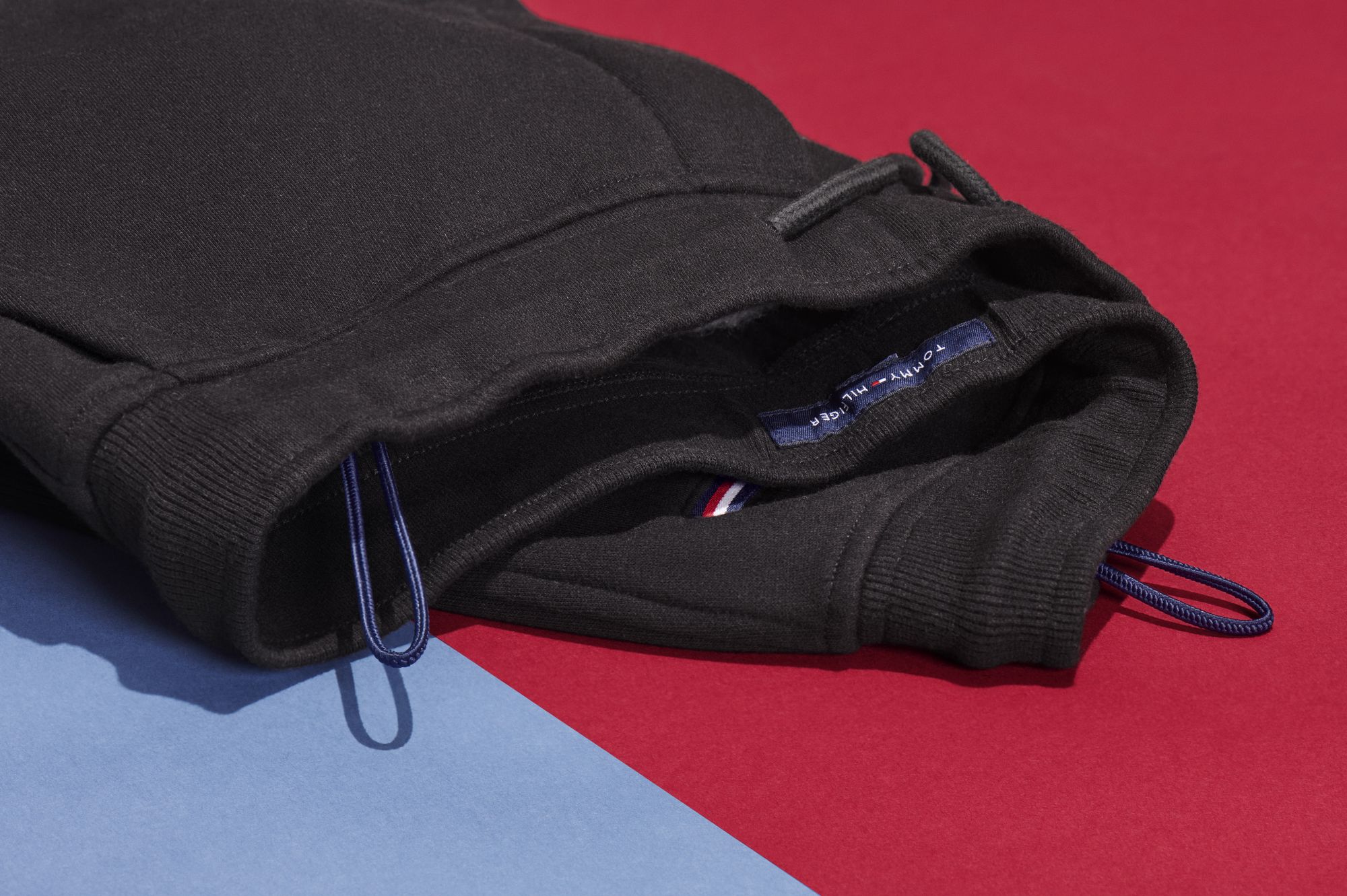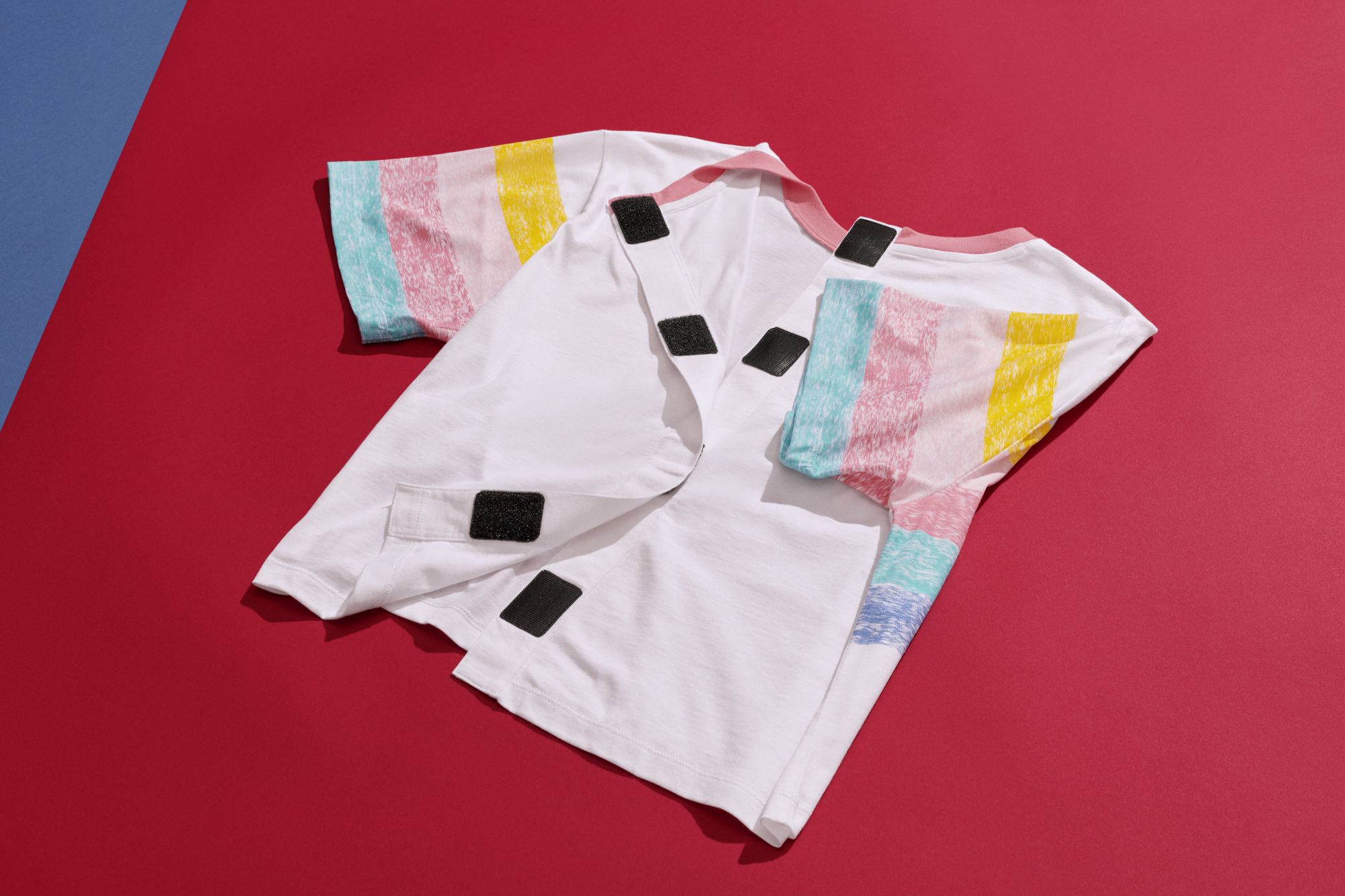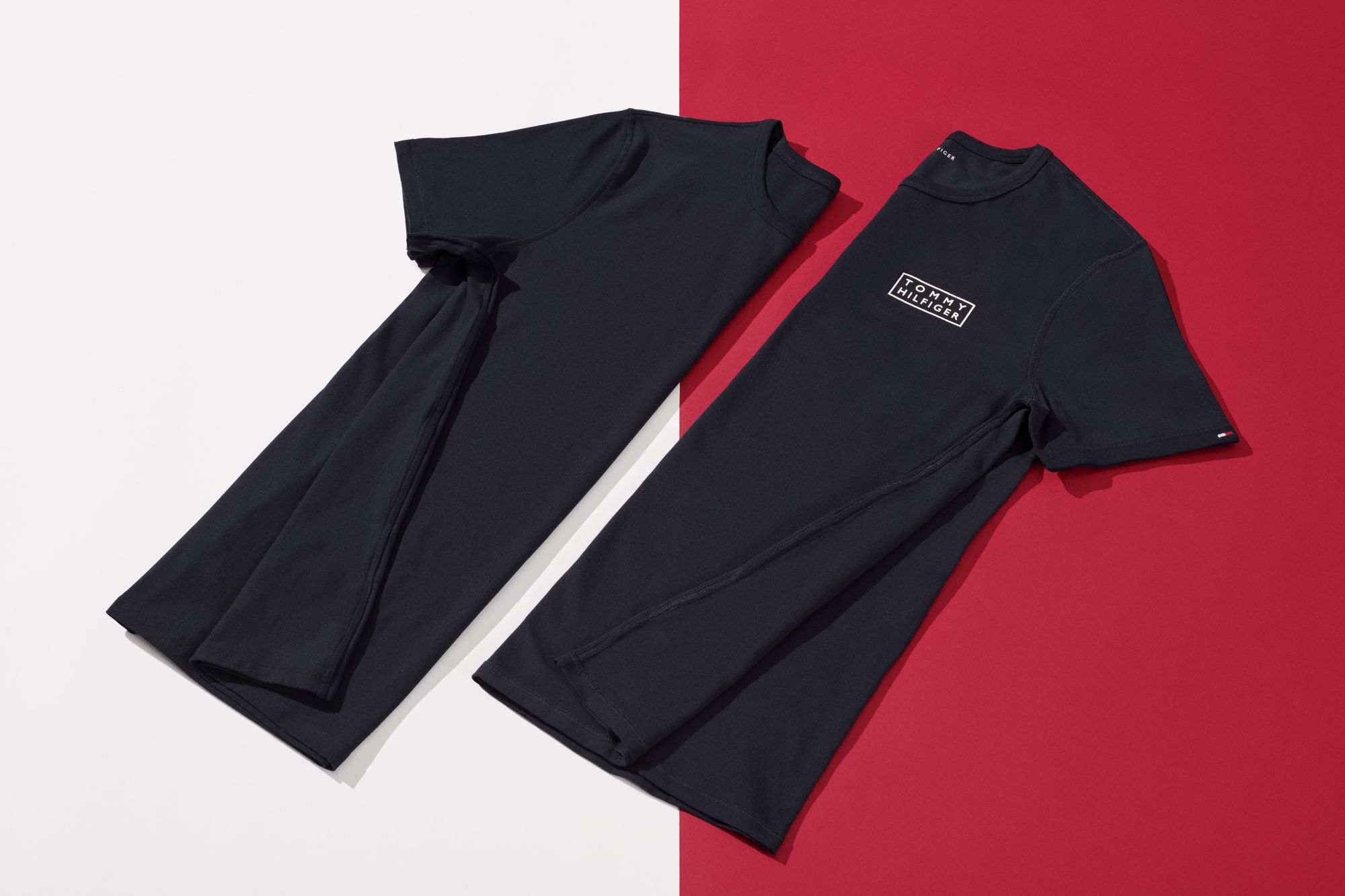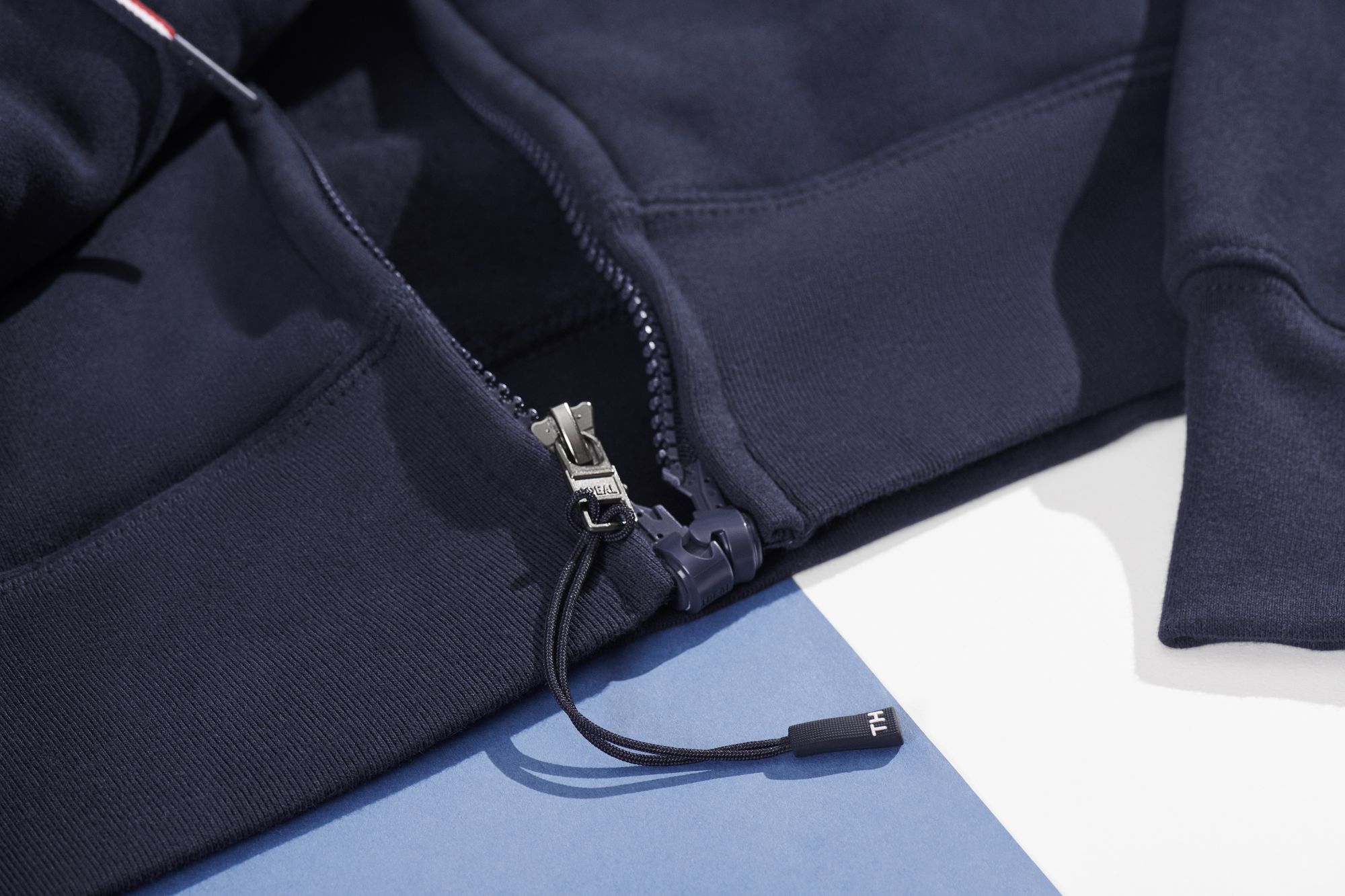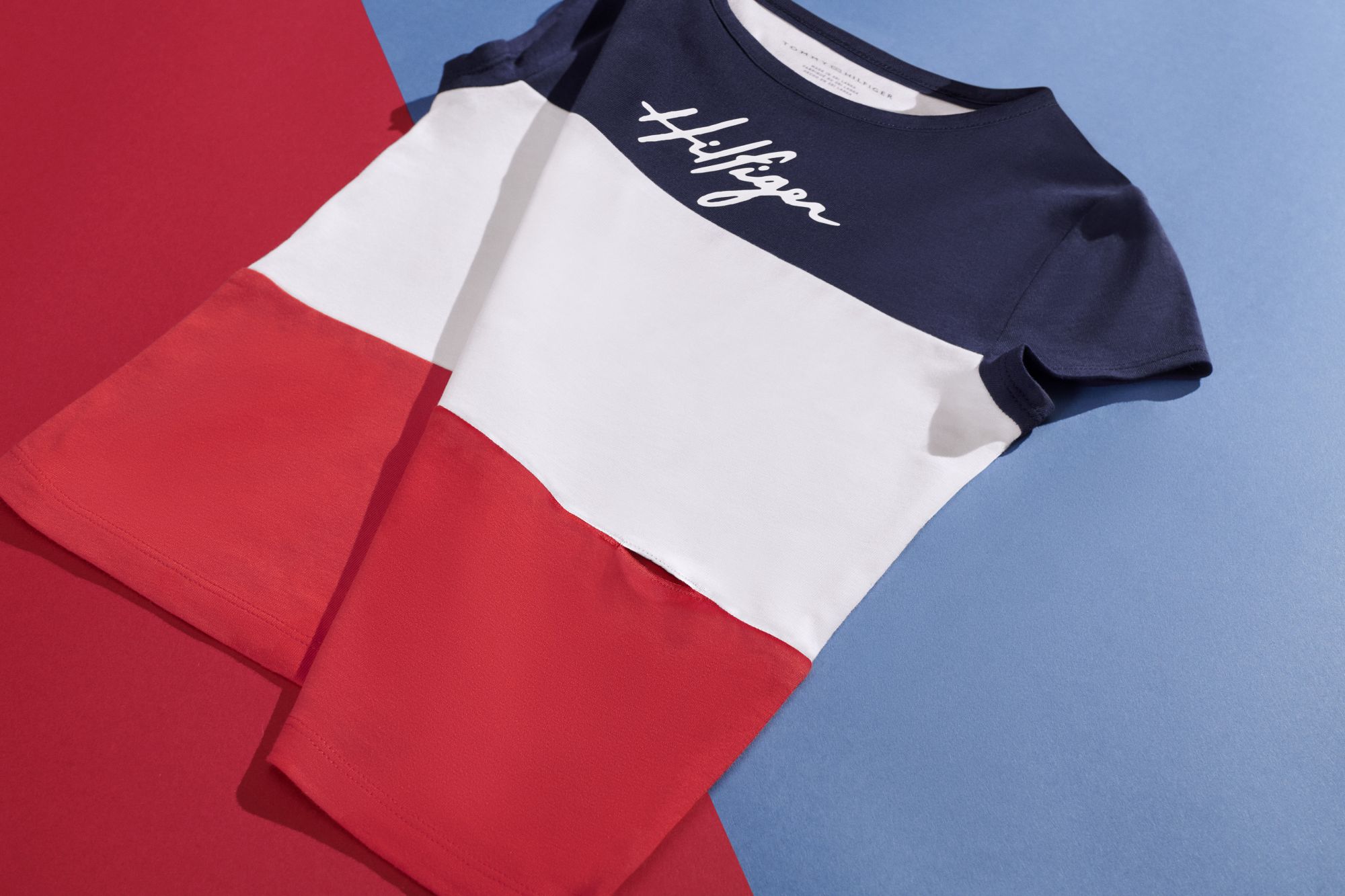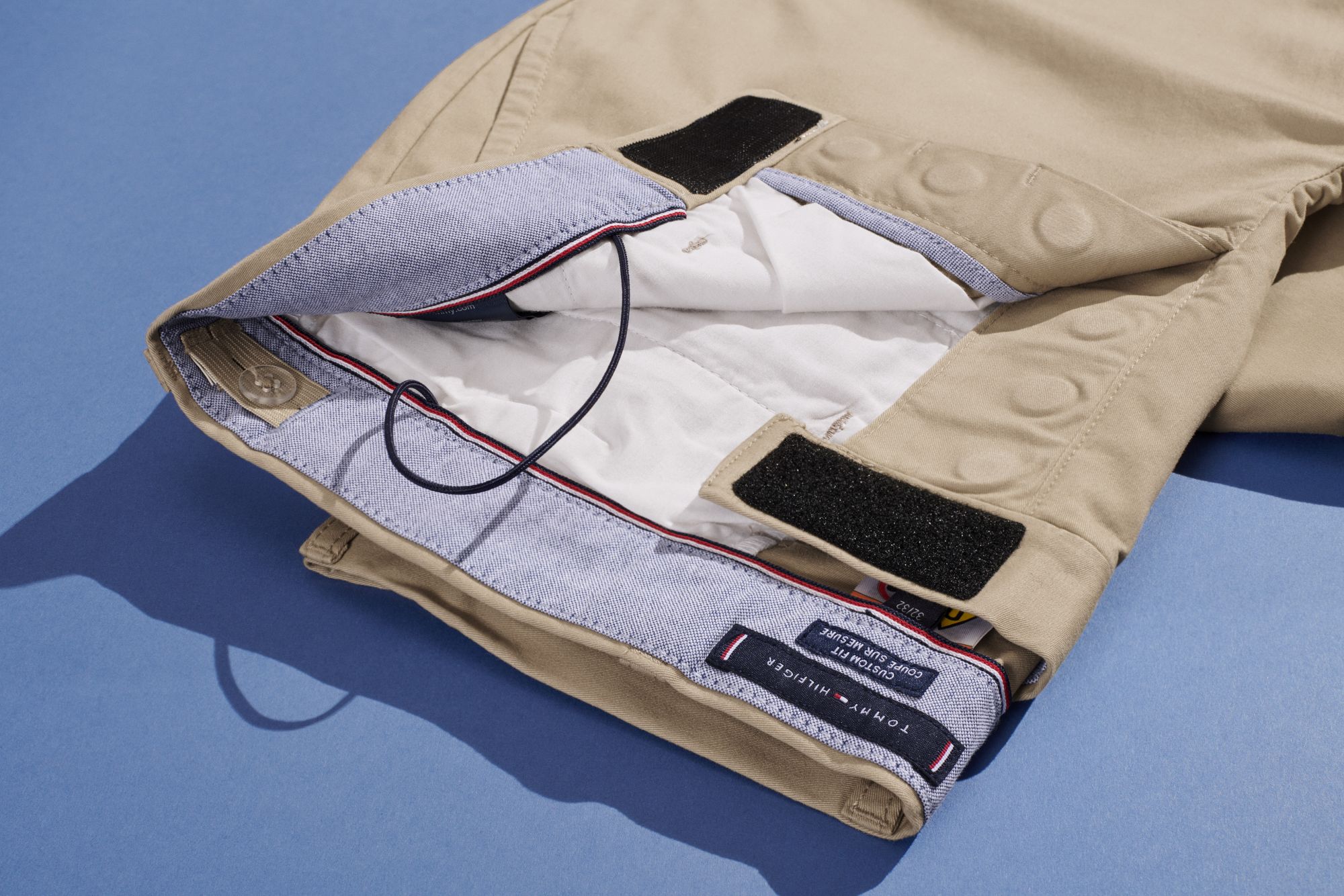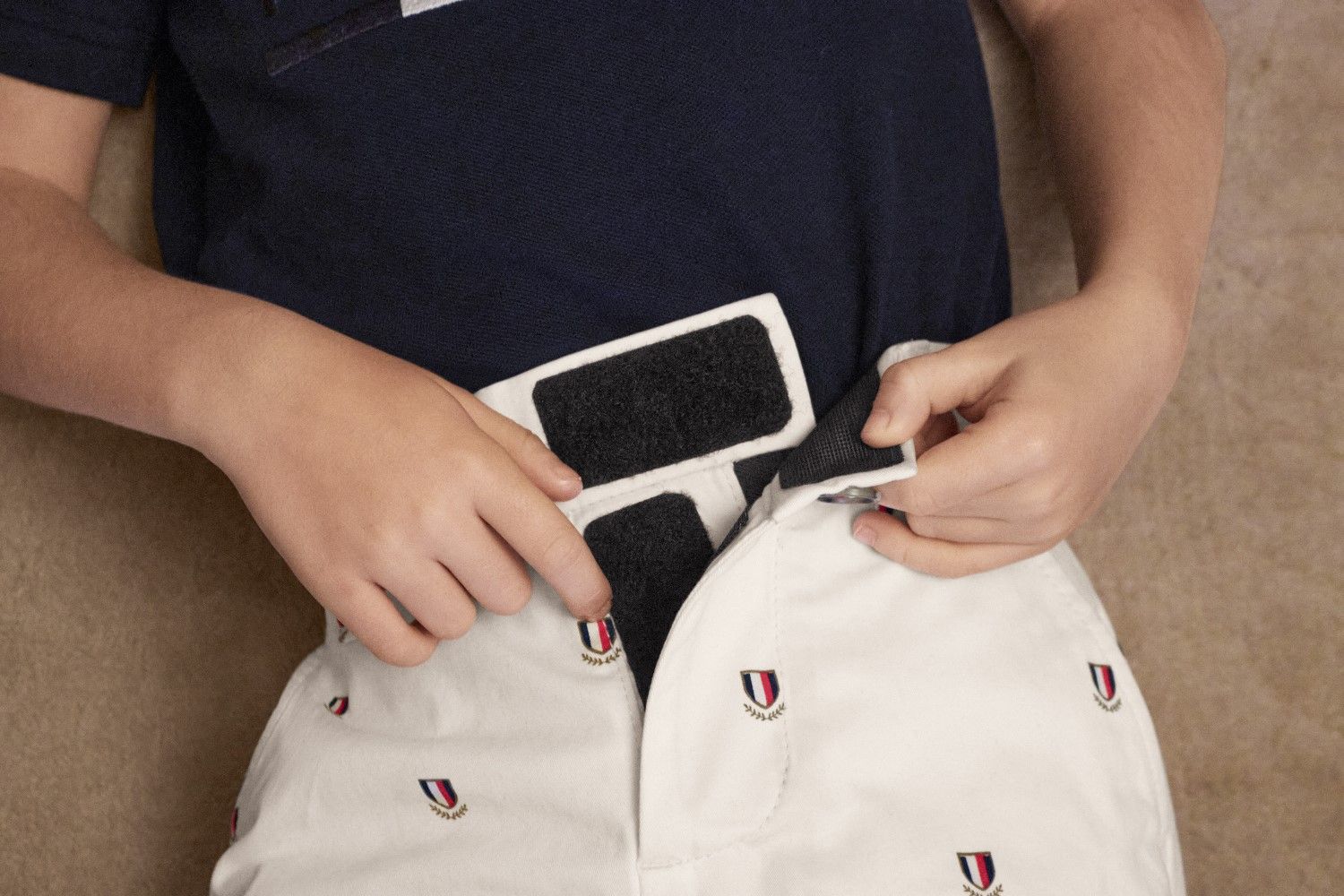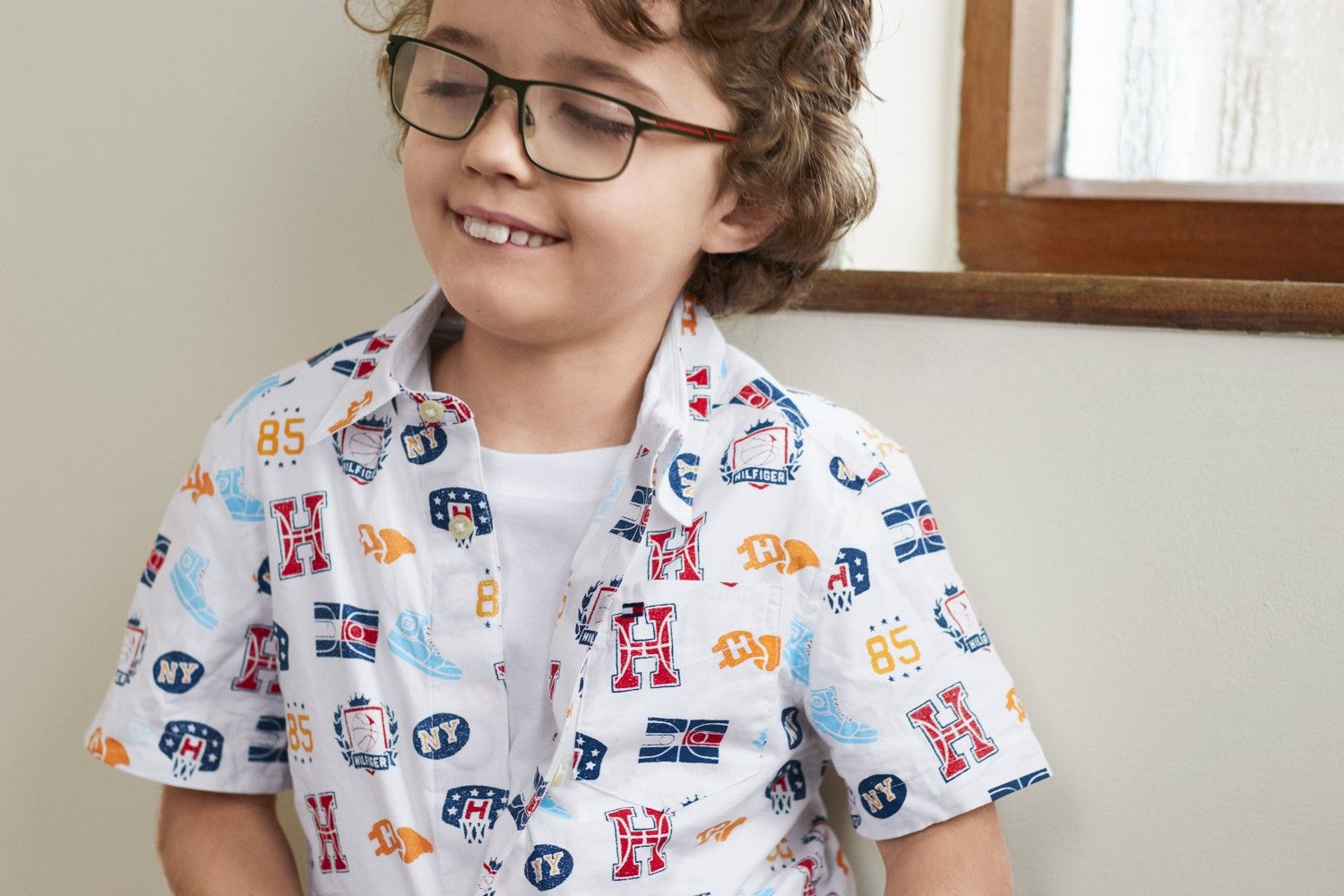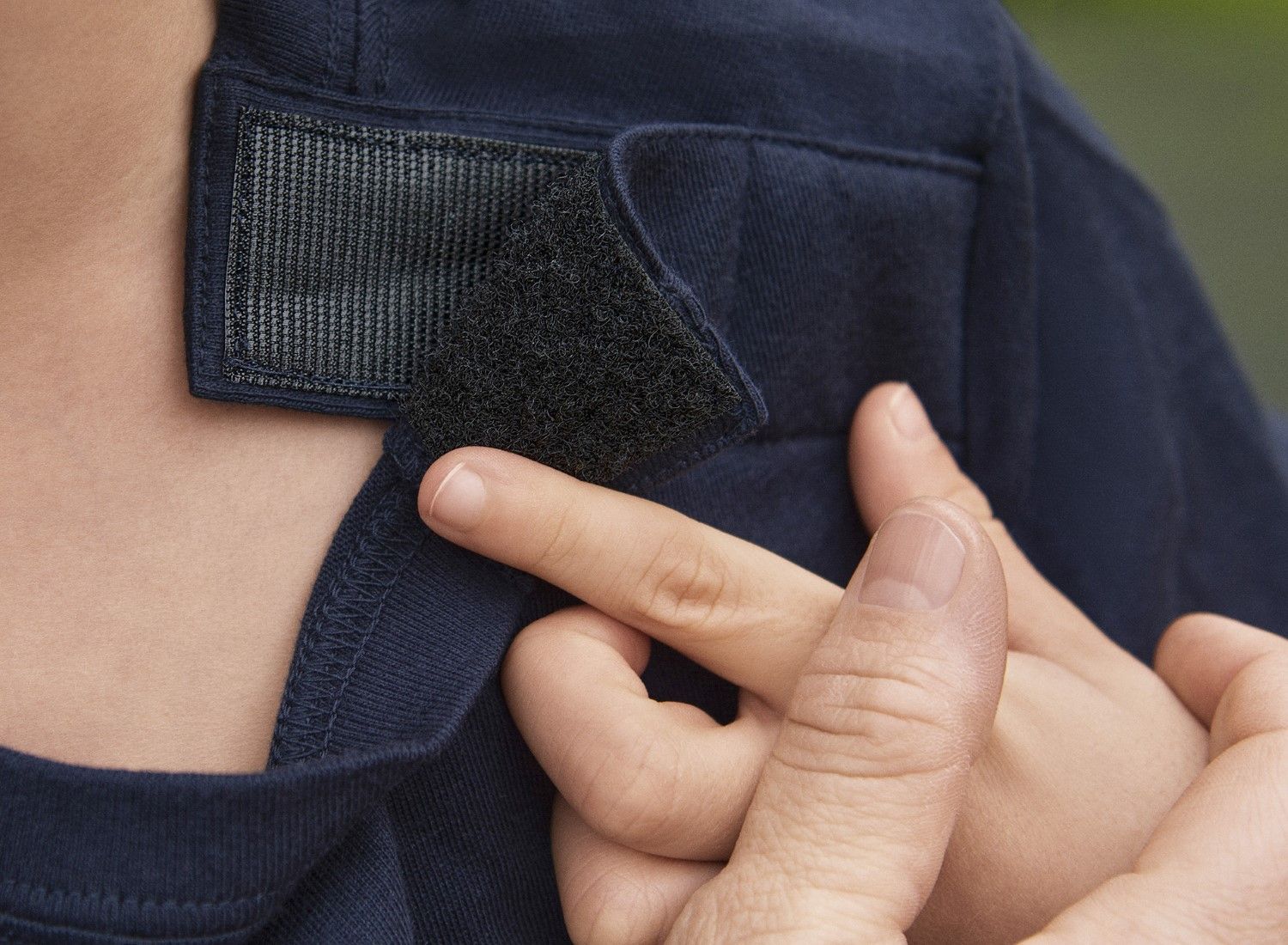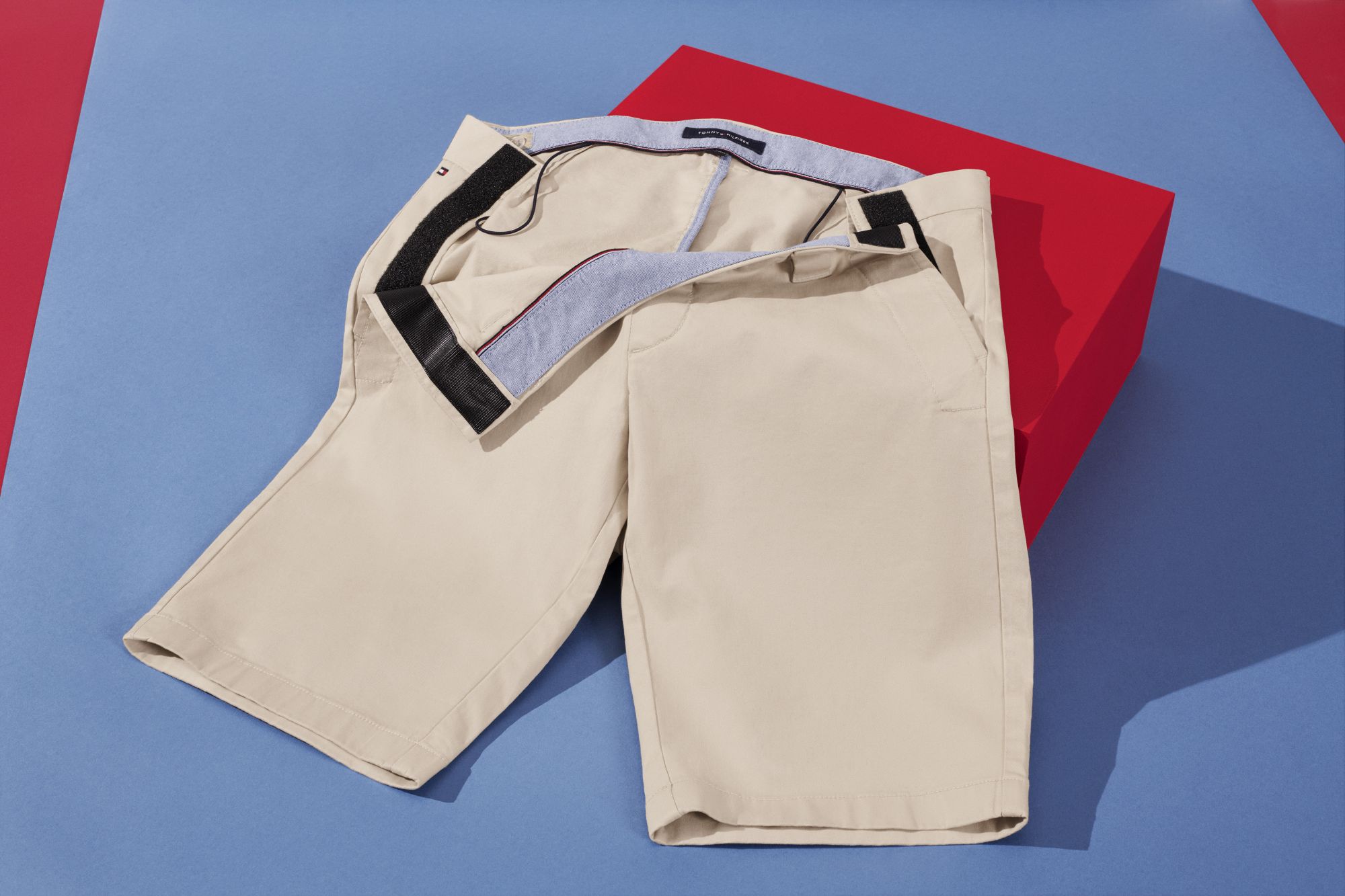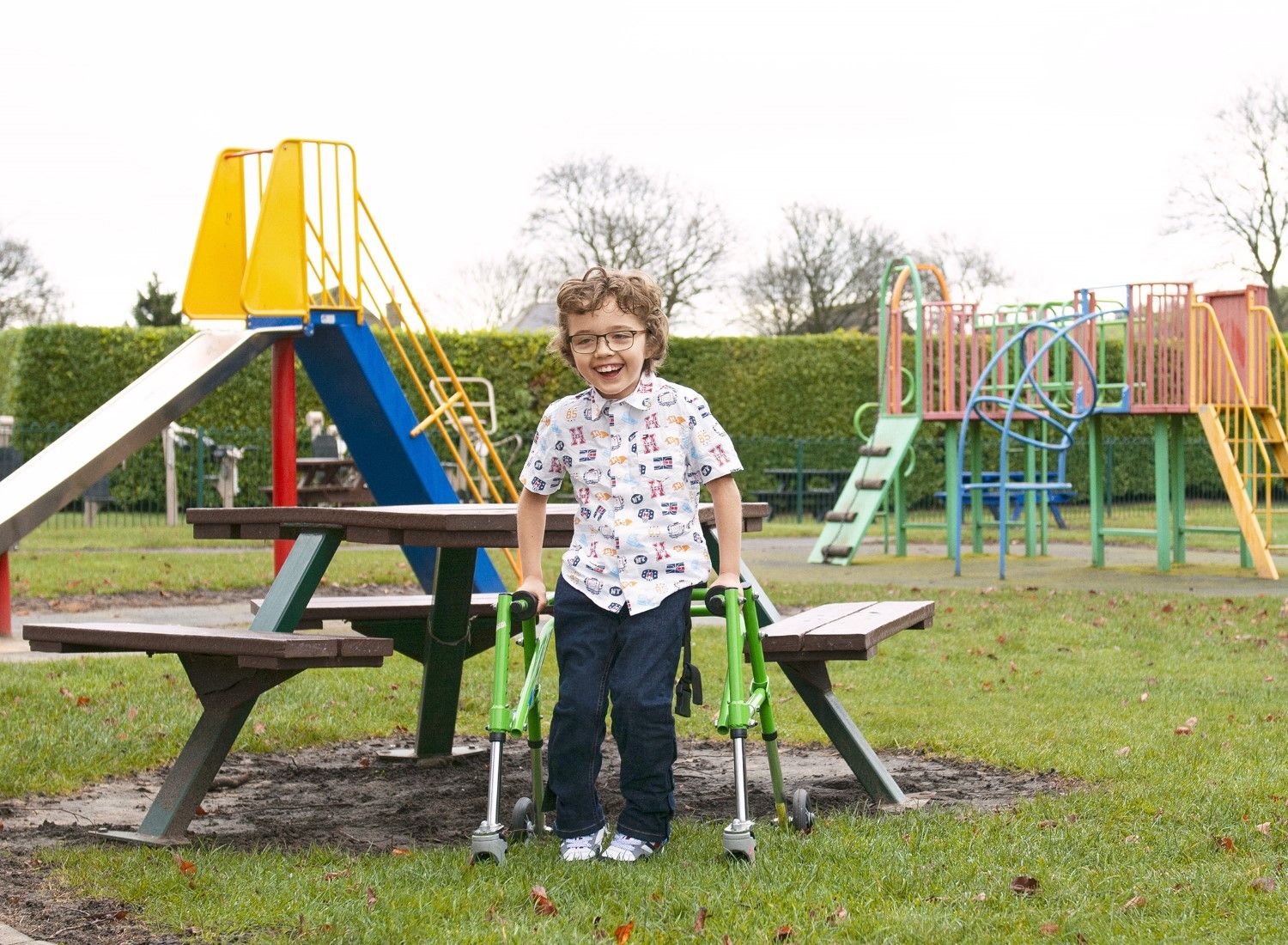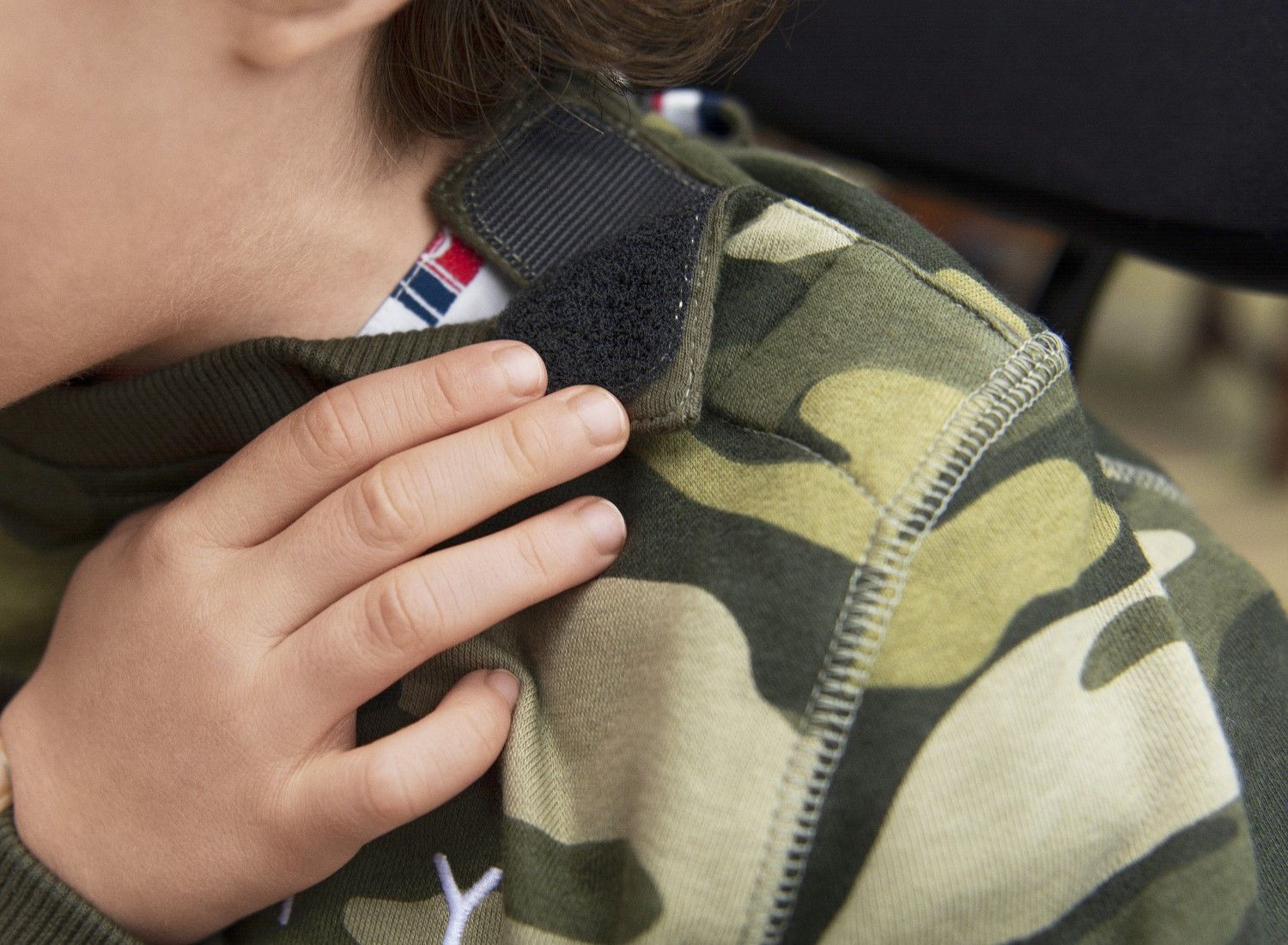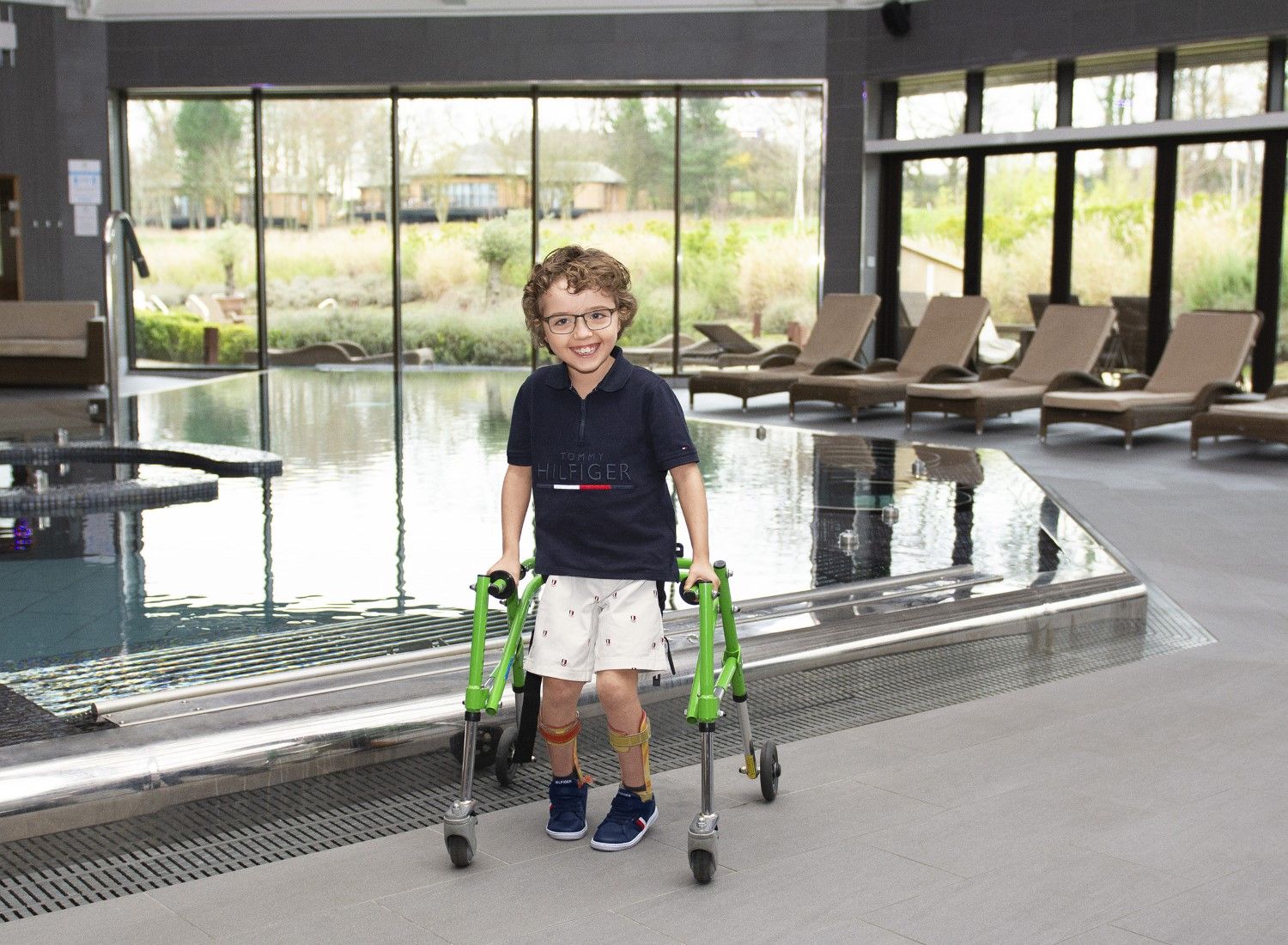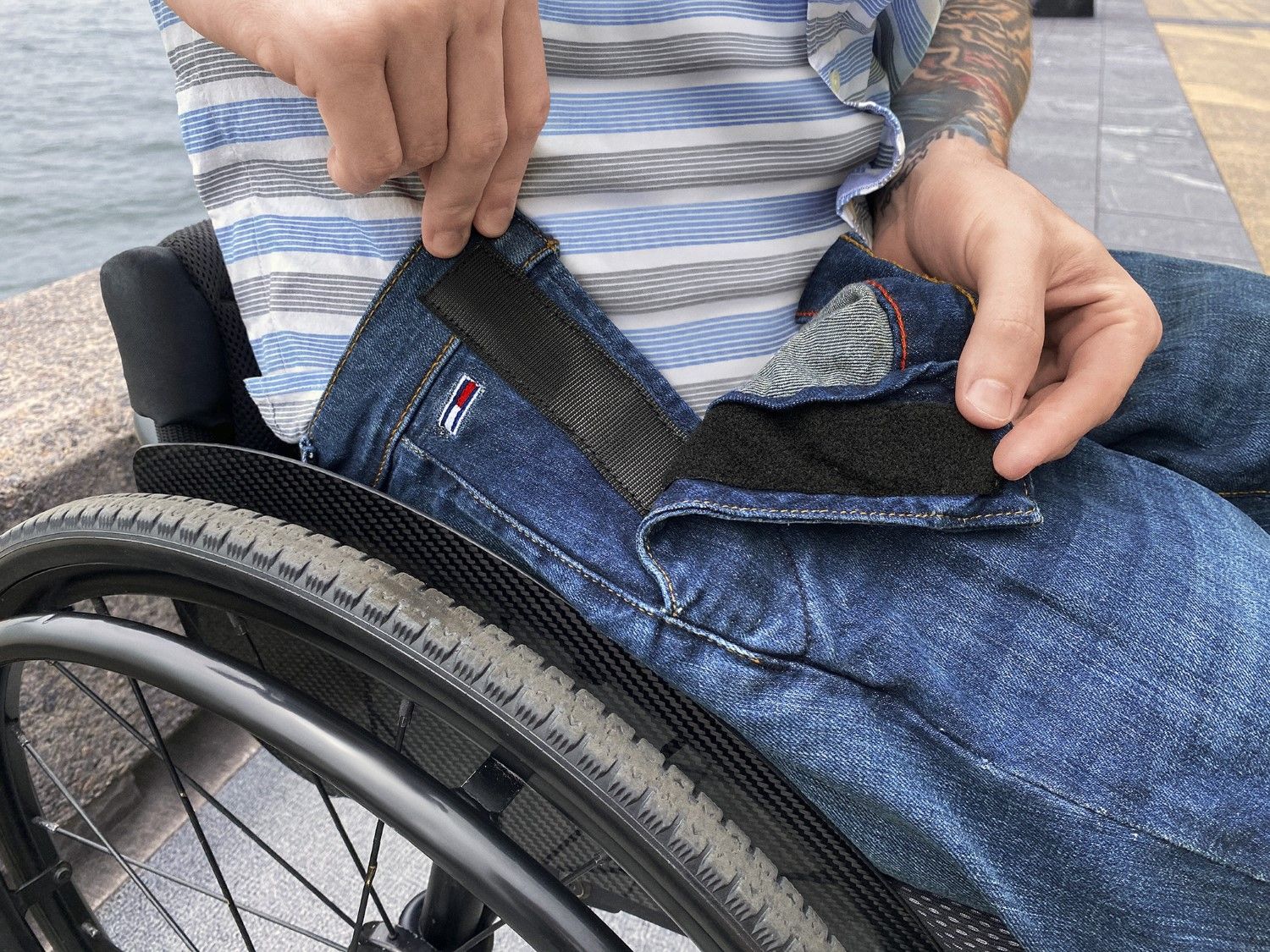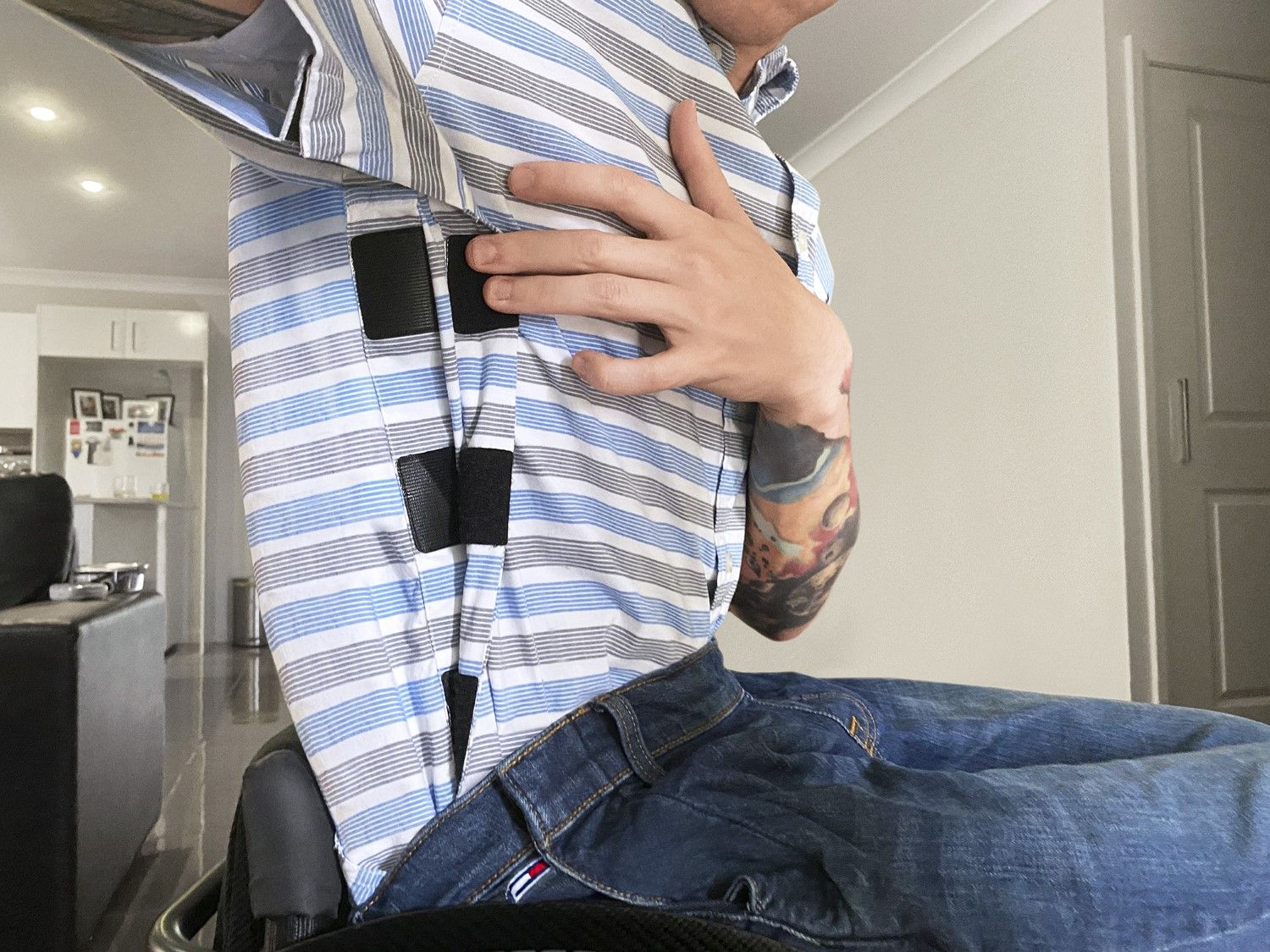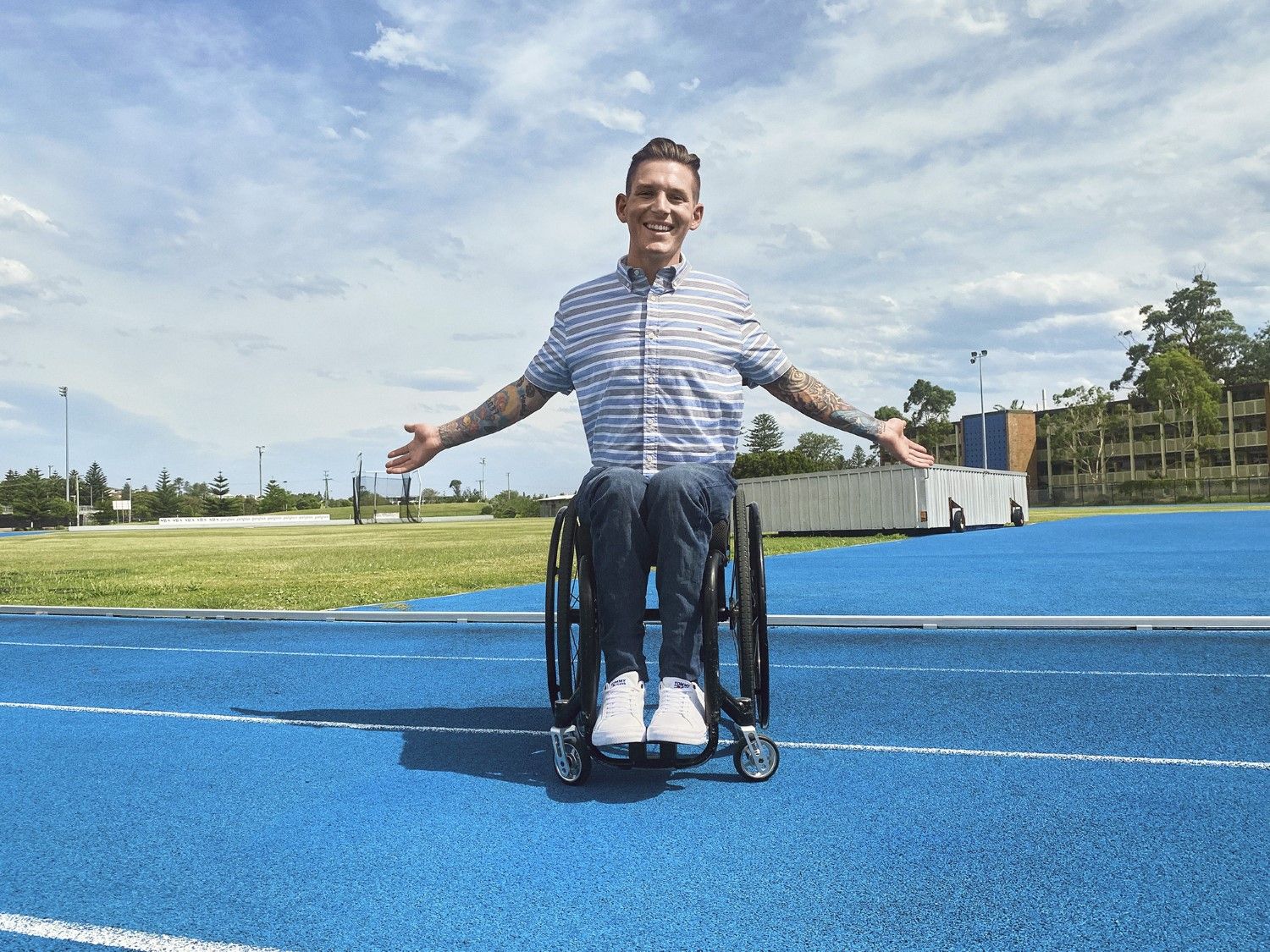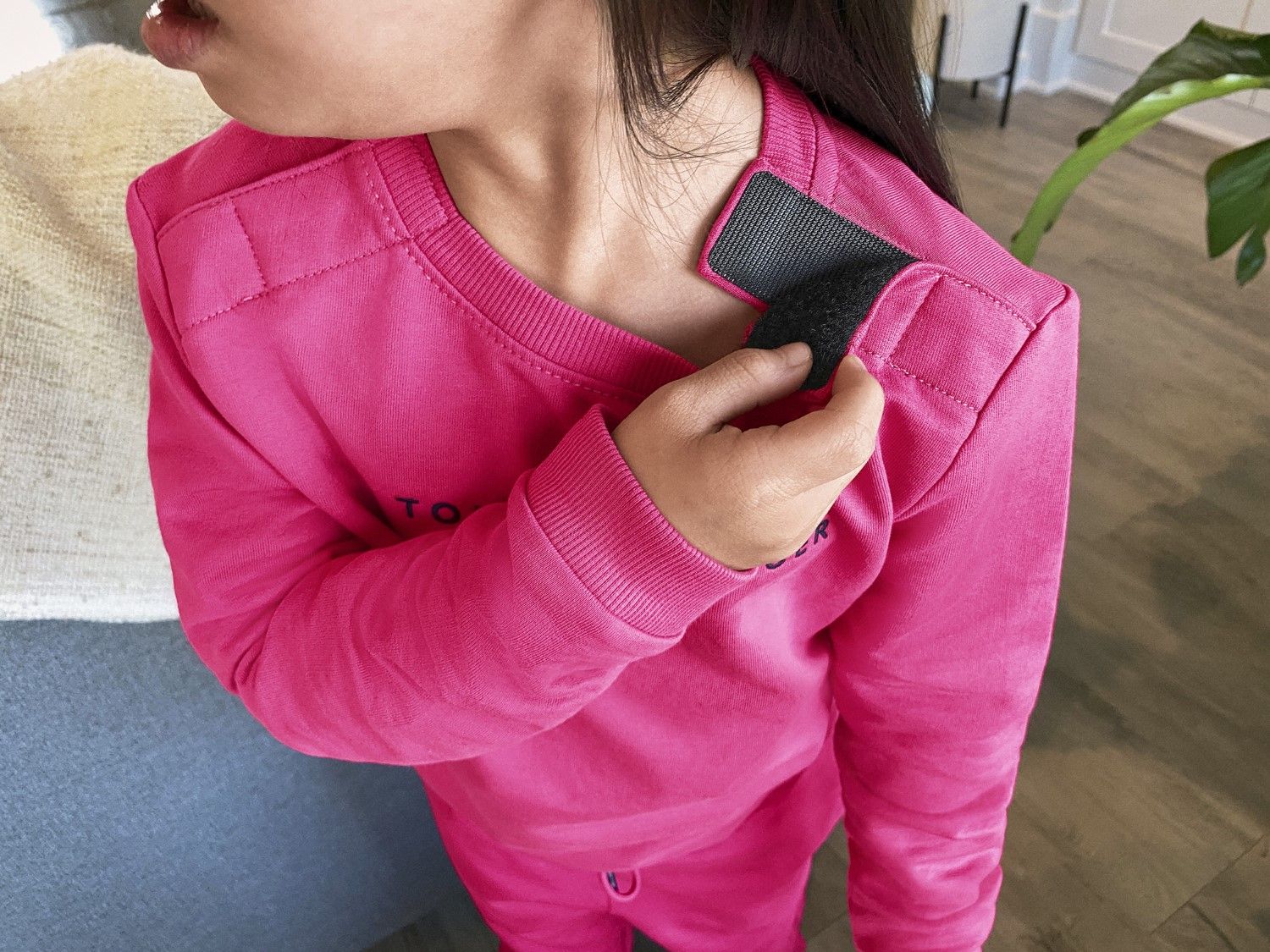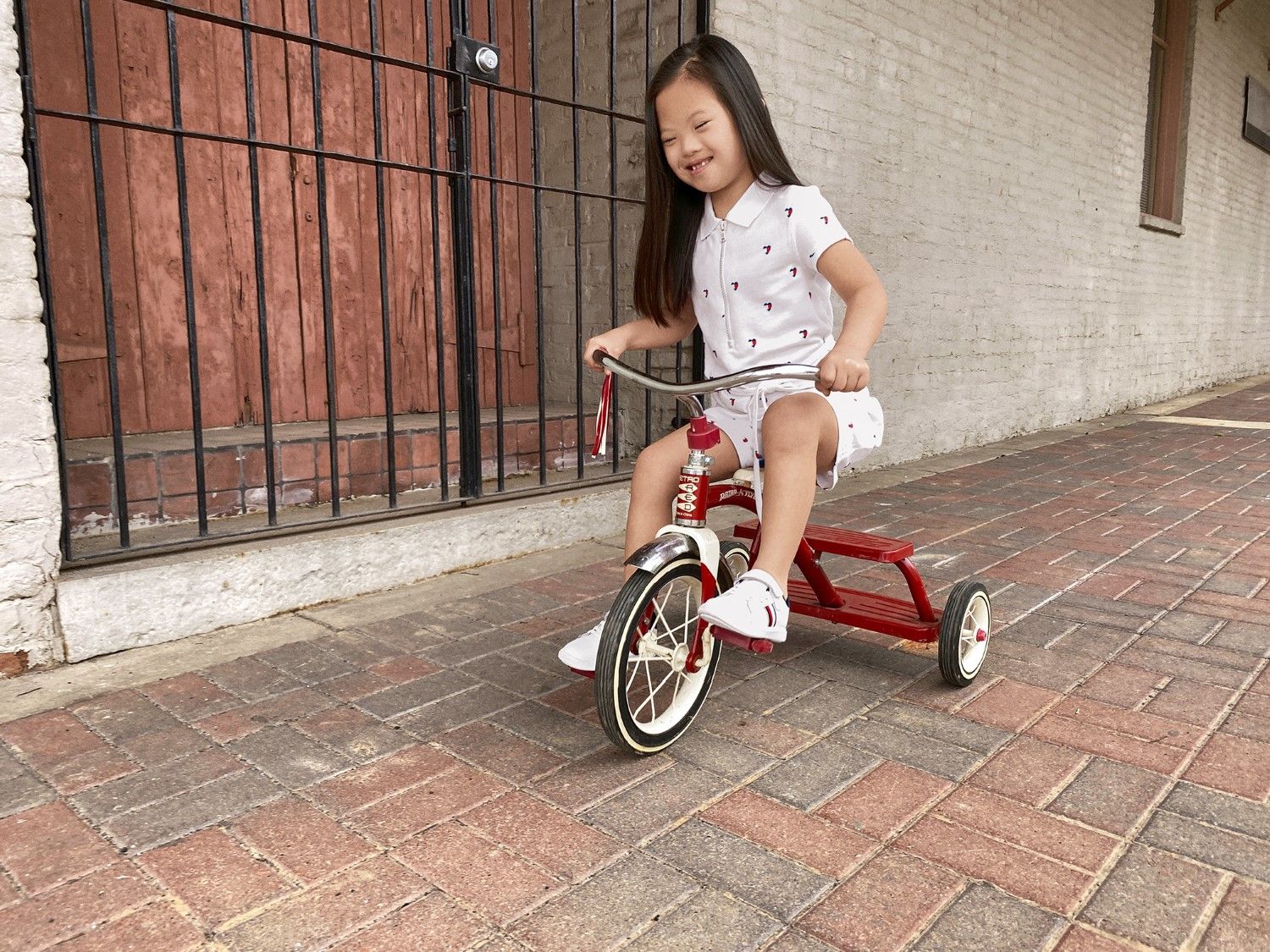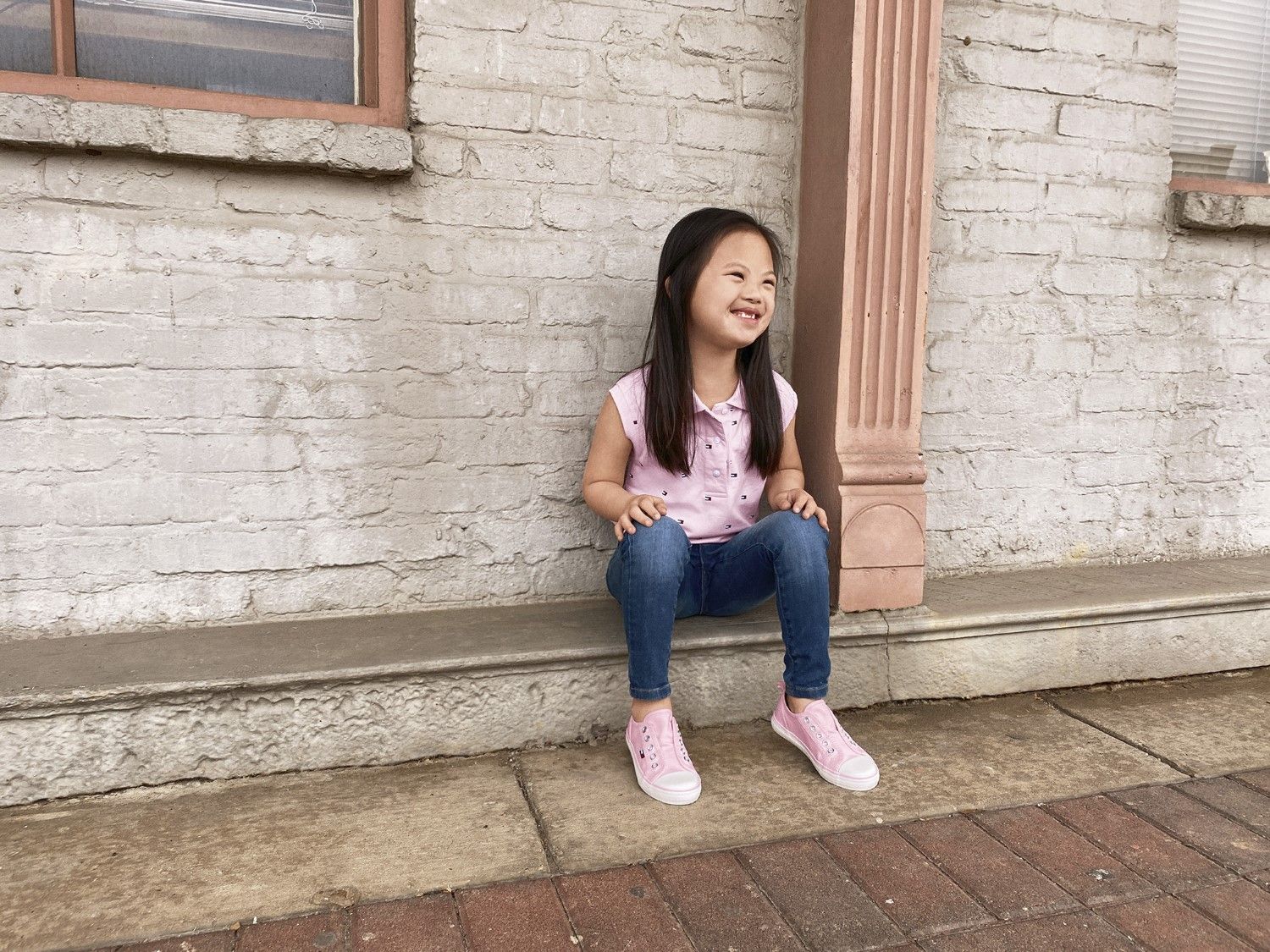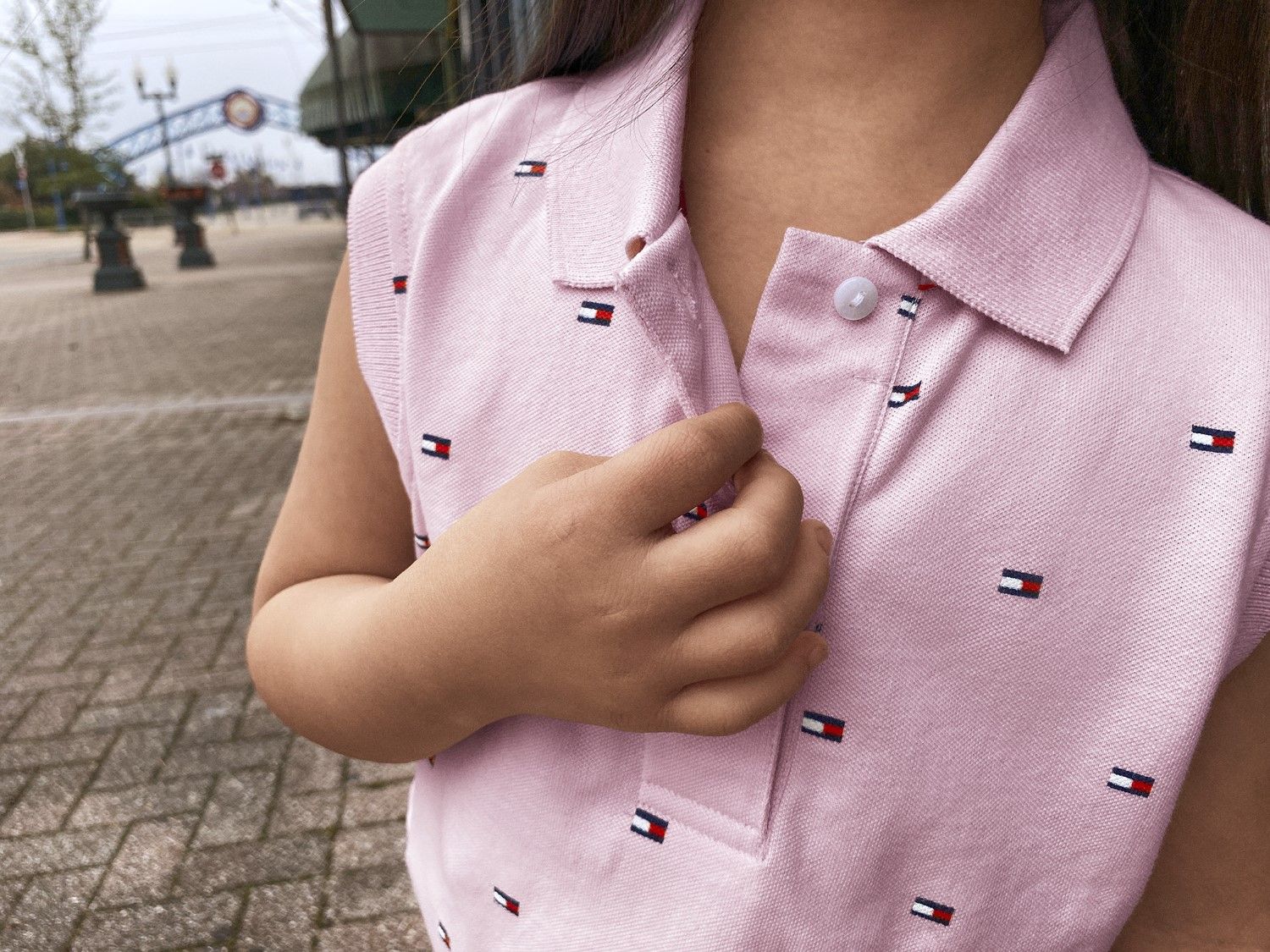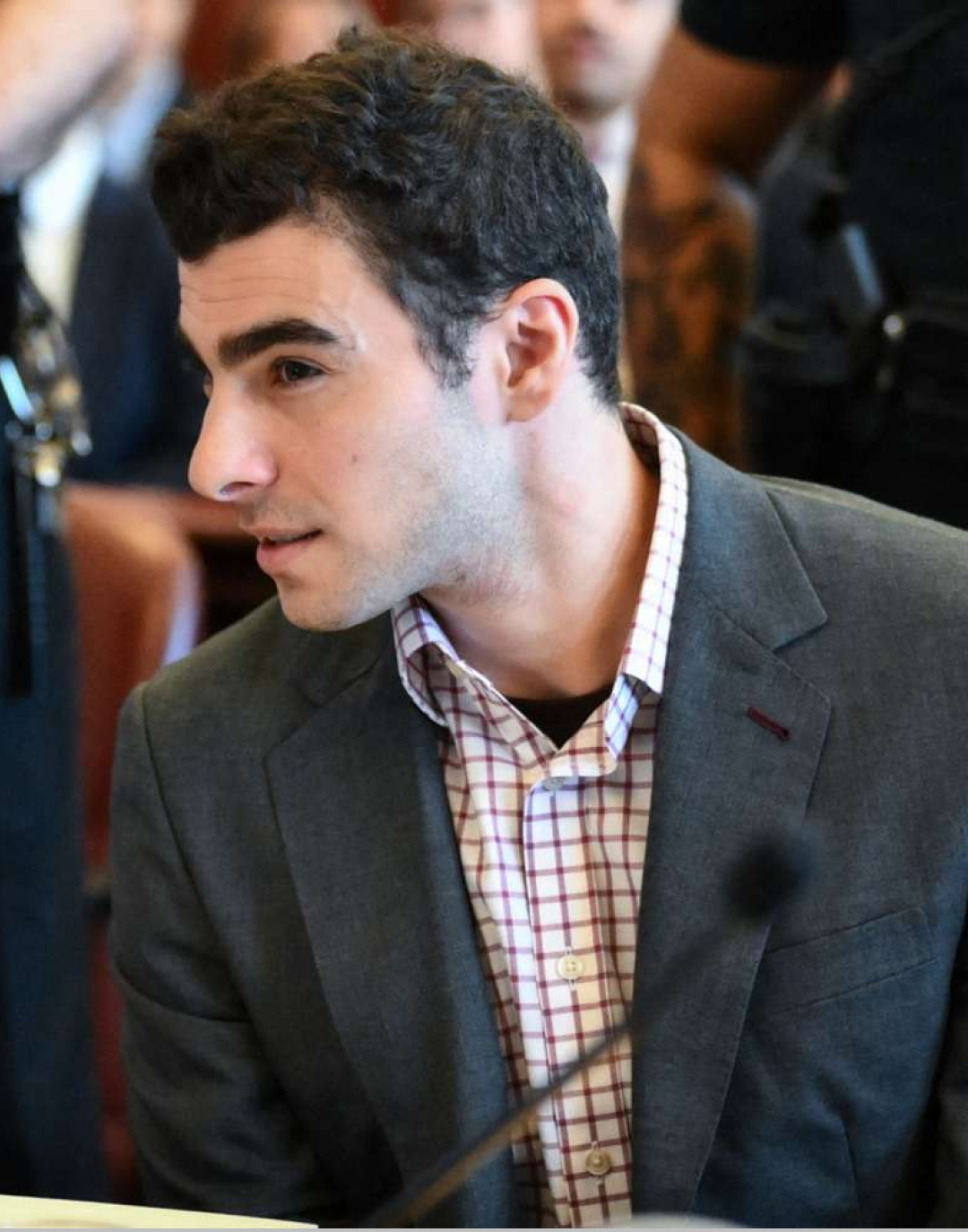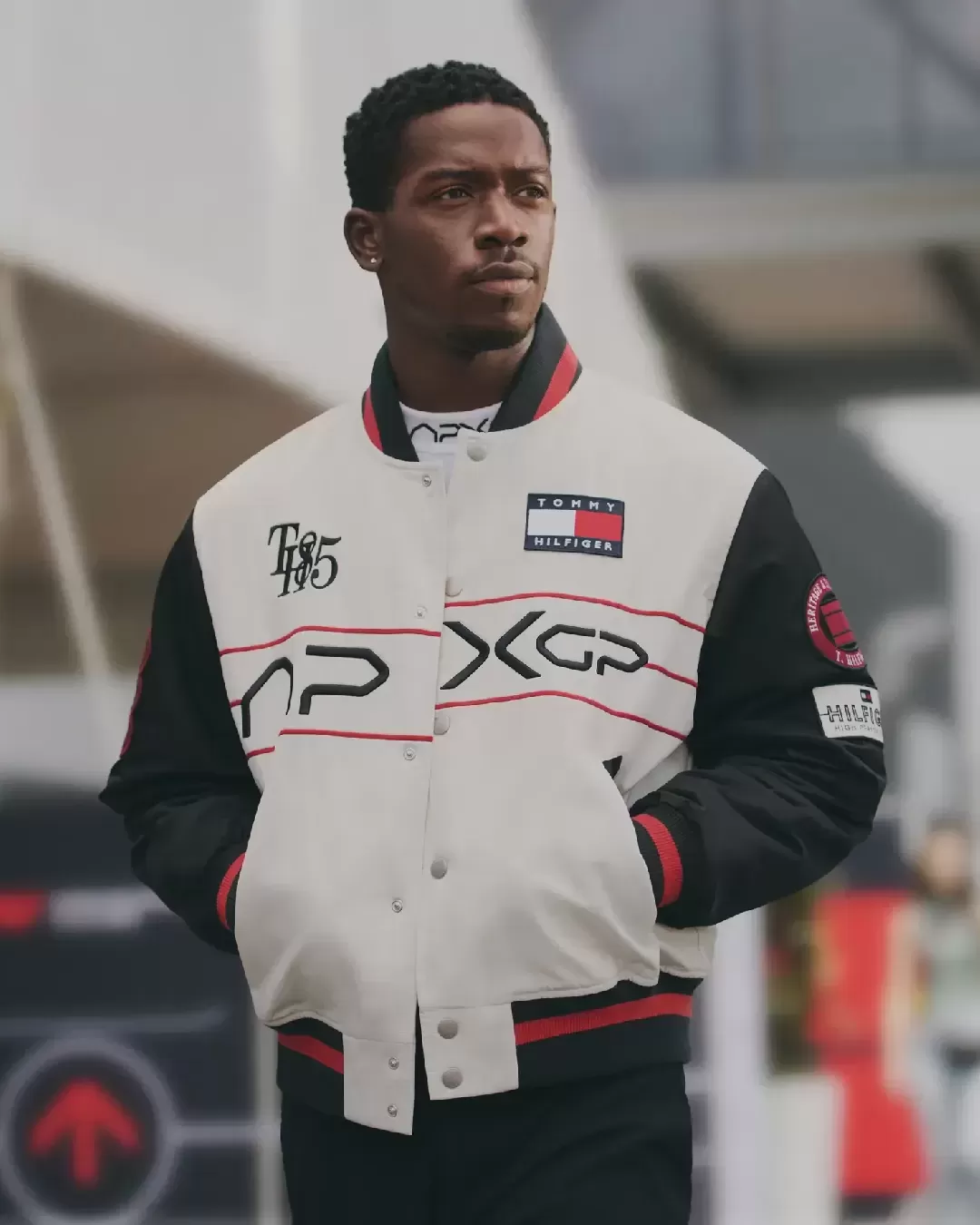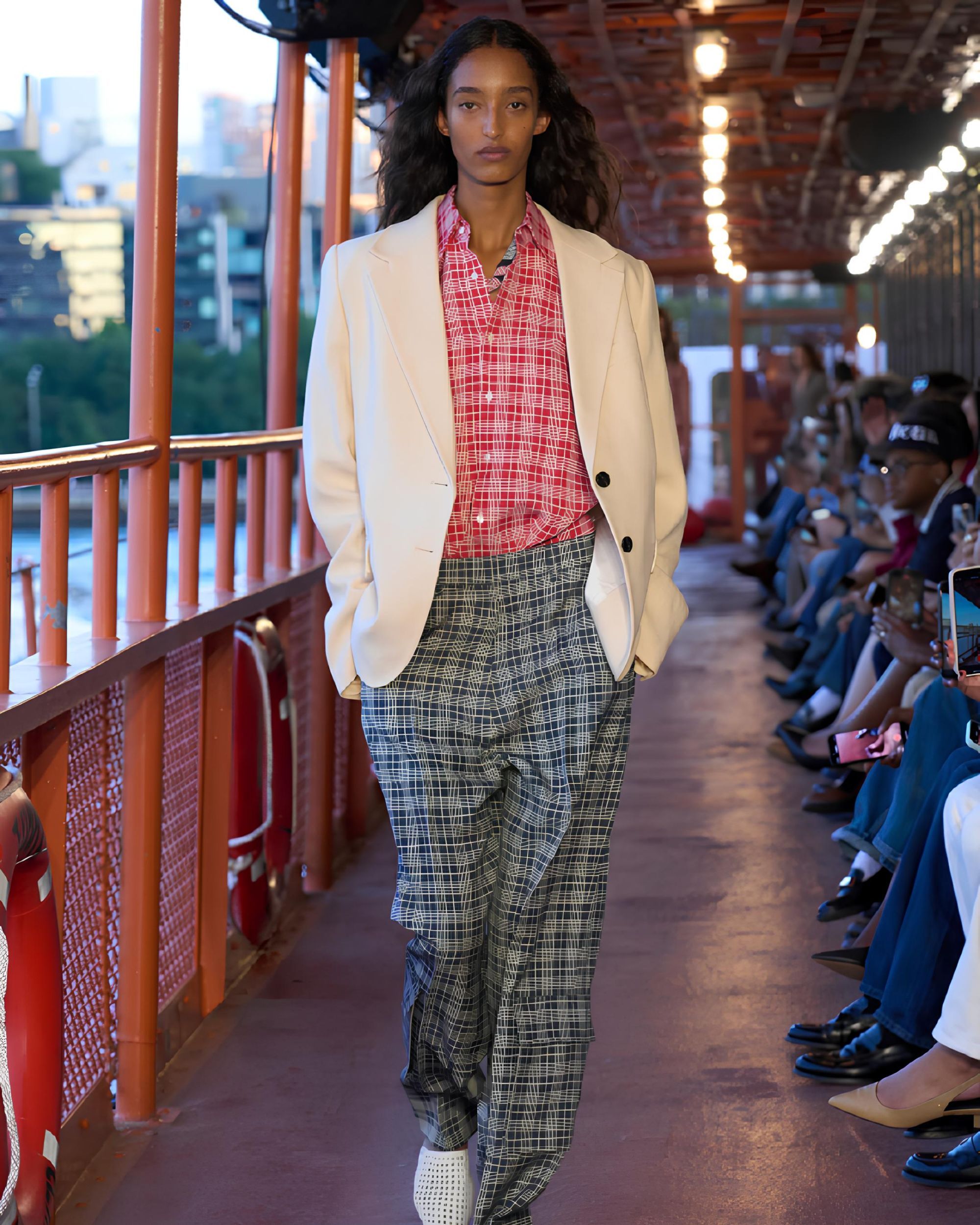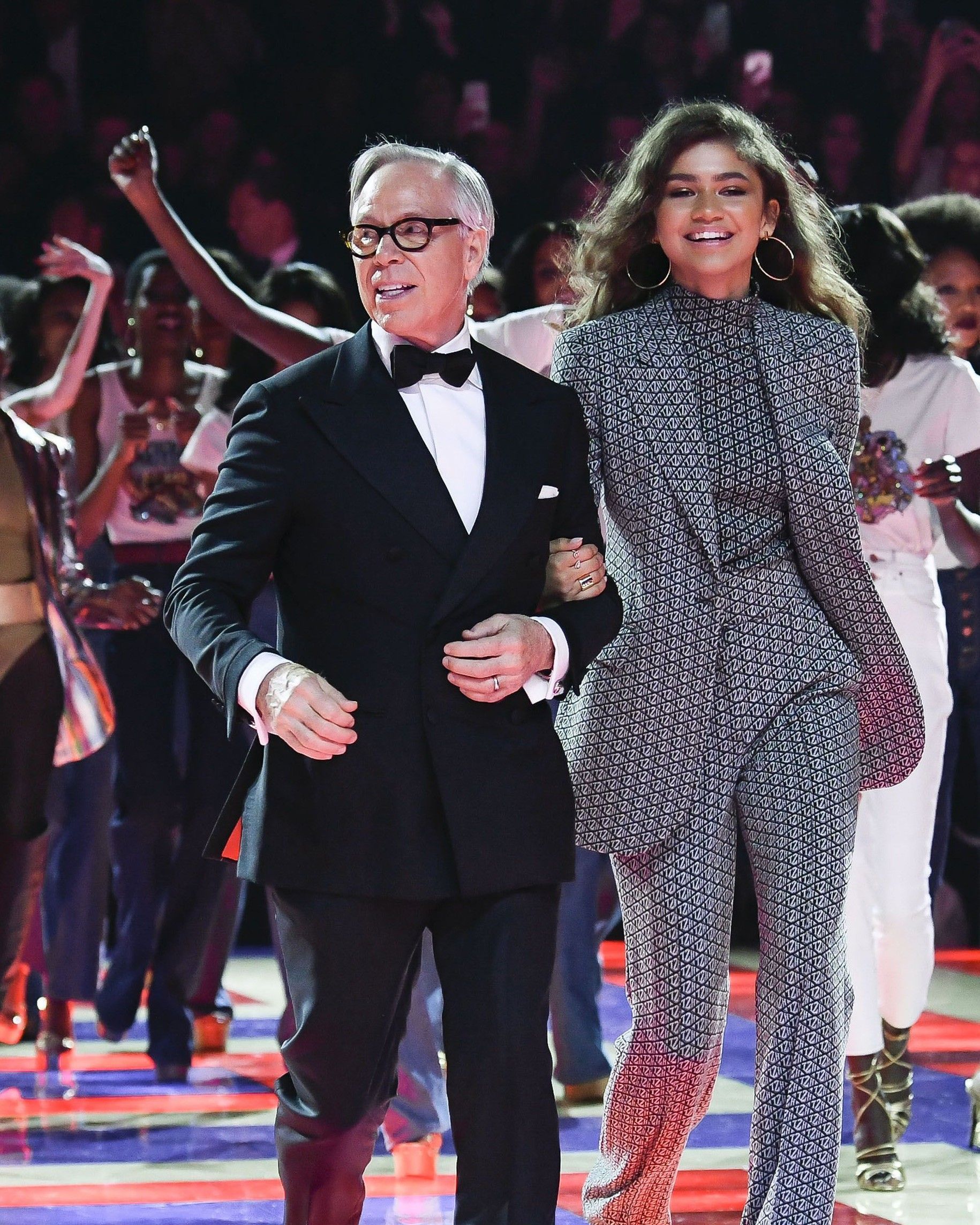
Tommy Hilfiger's new adaptive fashion collection Designed for all people with disability or reduced mobility
The term "adaptive clothing" refers to all garments designed for individuals with disabilities or in temporary states of reduced physical motility, such as the elderly or the sick. It is a type of clothing designed for those who cannot dress alone and therefore characterized by simple closures, solutions to dress while seated and adaptations for prosthetics. More than a billion individuals in the world suffer from these disabilities, and according to a recent estimate by Coresight Research, the market has a potential turnover of more than $64 billion. Yet so far this market has been mostly ignored by luxury fashion – it is written "so far" because Tommy Hilfiger has just presented his first Adaptive collection for the SS21 season with the aim of translating his typically American aesthetic for the world of adaptive clothing.
The collection consists of an aesthetic mix of sportswear and outdoor that combines the classic palette of red, white and blue colours of the brand with a pastel palette. The garments are built to work effortlessly both as everyday clothing and for more elegant occasions. The collection is also accompanied by a campaign featuring athletes and models from the adaptive community including Olympic cyclist Kristina Vogel, Paralympic Rheed McCracken, Paralympic swimmer and runner Haven Shepherd, former football player Isaiah Pead, paddleboarder Jonas Letieri, model Ashley Young, model Teddy B., and models and sisters Mila and Elora.
The release of this collection is important because it signals the entry, in the discourse on mainstream fashion, of a category that had hitherto been ignored. Designers' efforts in adaptive clothing had so far been limited to independent brands such as Magna Ready, IZ Adaptive, Adaptivelife, Care + Wear and Friendly Shoes – the experience of these market-pioneering brands could represent an important intellectual capital to introduce adaptive clothing lines even in the collections of the most important brands. The new challenge will be to transform adaptive clothing into adaptive fashion - an effort that will not only lead brands and the design world to increase their preparation but will also become the opportunity for an increase in the recruitment of professionals with disabilities within brands in the sector.
The examples of the past are not lacking: in addition to Hilfiger himself, whose line of adaptive clothing has already been present for some years in the USA, in 2015 the Italian Antonio Urzi designed a fashion collection for the disabled that he slipped in Milan; two years ago, at Jakarta Fashion Week, a similar fashion show was held, focused on knitwear. In short, the market seems to be ready and even LVMH, according to Vogue Business, seems to be interested in a market with enormous potential. At the moment, however, it remains the statement of Tommy Hilfiger himself who said:
Getting dressed should be a joy – an experience that empowers you to look good and feel good in what you are wearing. Our adaptive collections have revolutionized everyday dressing for people with disabilities, giving them the independence and confidence to express their individuality through style.










































